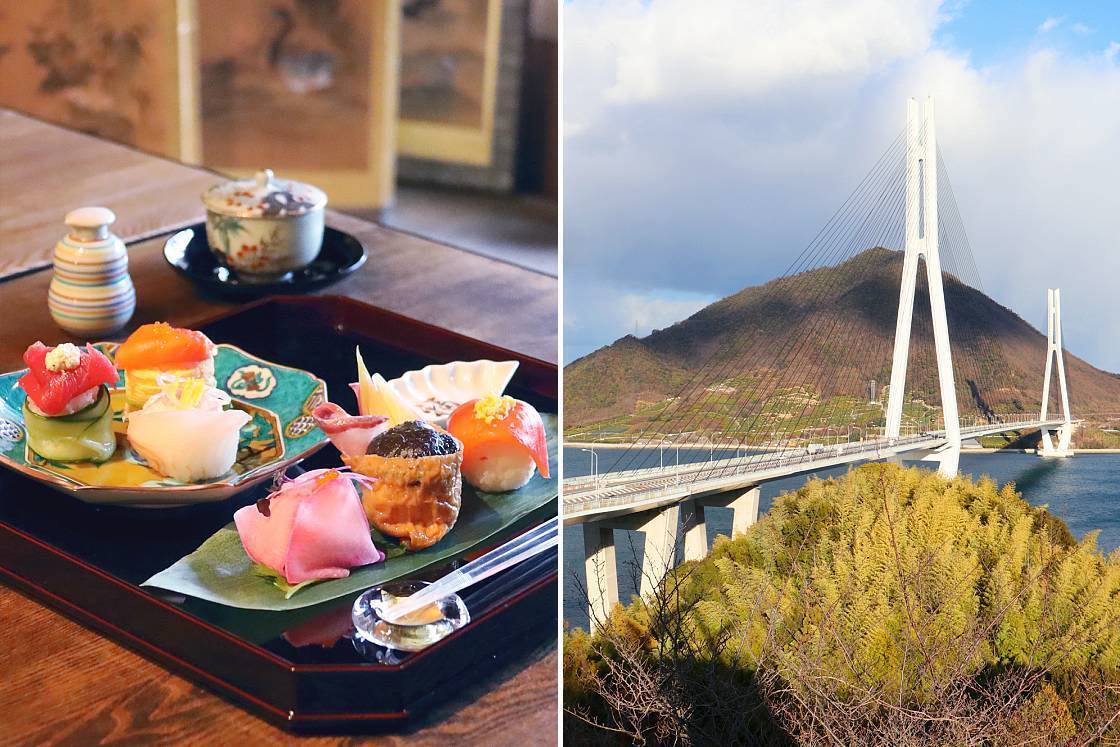Three great guided experiences in Kanazawa and Shikoku
When planning trips to Japan, it's often the case that the more we read and learn about the country, the more crowded our wish lists become with exciting new destinations and experiences. But how to go about fitting all of this into a manageable itinerary? What if we don't want to invest a lot of time into planning the logistics? And how can we make sure that everything we need to know is going to be easily available in English?
For many travelers, this is precisely where tour operators come in, offering a comprehensive range of guided experiences in popular destinations throughout Japan, with these kinds of practical questions taken care of. Celebrating their 60th anniversary in 2024, JTB Sunrise Tours is one of the most experienced tour operators in the country. And In order to get a sense of the tour experience and its advantages for myself, I recently had the pleasure of joining three of their tours in Kanazawa, Takamatsu, and along the popular Shimanami Kaido cycling route connecting Japan's largest island of Honshu with Shikoku.
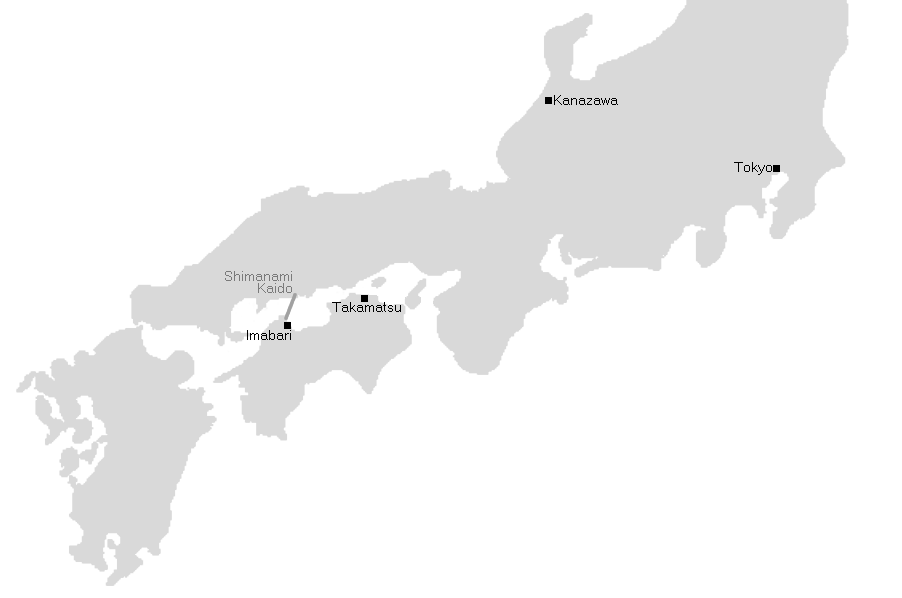
Kanazawa
For the first of my three tours, I set out from Tokyo on the Hokuriku Shinkansen to Kanazawa - a culturally vibrant city on the Sea of Japan coast known for its museums, historic entertainment districts and one of Japan's three most beautiful landscape gardens. Today however, I was here to learn about two equally important parts in the city's cultural makeup: cuisine and ceramic art.
After meeting up with my guide near Kanazawa Station's iconic big red gate, we jumped in a minibus for a visit to the Omicho Market - the largest and best known fresh food market in the city. Due in part to the meeting of two sea currents - one warm and one cold - the waters of the Kanazawa Bay support an abundant and highly varied marine ecosystem, supplying the city with everything from yellowtail and shrimp, to snow crab in the winter months.
Together with my guide, I visited a few of the market stalls - learning more about the kind of ingredients we would be using soon afterwards, while soaking up the sights, sounds and pleasantly buzzing atmosphere.
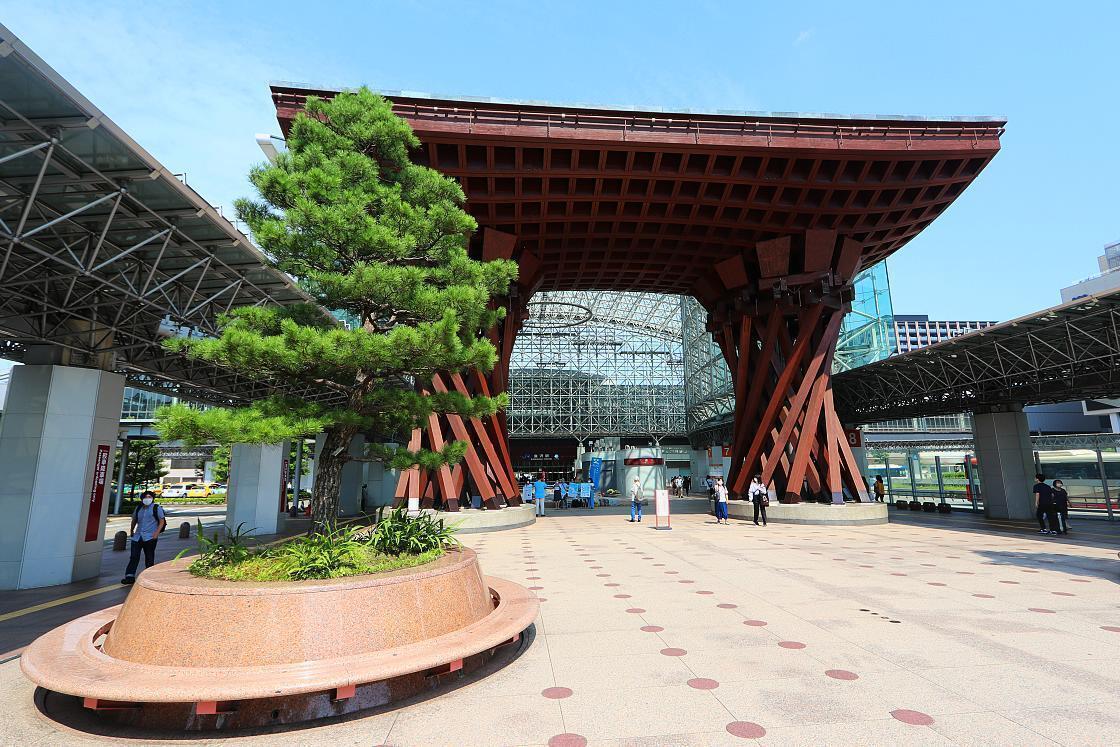

After a quick tour of the market, we made our way to our next stop at the Ohi Museum, tucked away behind an attractively remodeled timber frame house just a few hundred meters from the Higashi Chaya District.
Today ranked among the city's most prized cultural assets, the tradition of Ohi-ware began some 350 years ago when the founder of Urasenke Tea Ceremony first visited the city. Among his retinue was the ceramic artist Ohi Chozaemon - already accomplished in the raku-ware style - who afterwards chose to remain in the city and establish an entirely new artistic lineage, one that has endured for eleven generations to the present day.

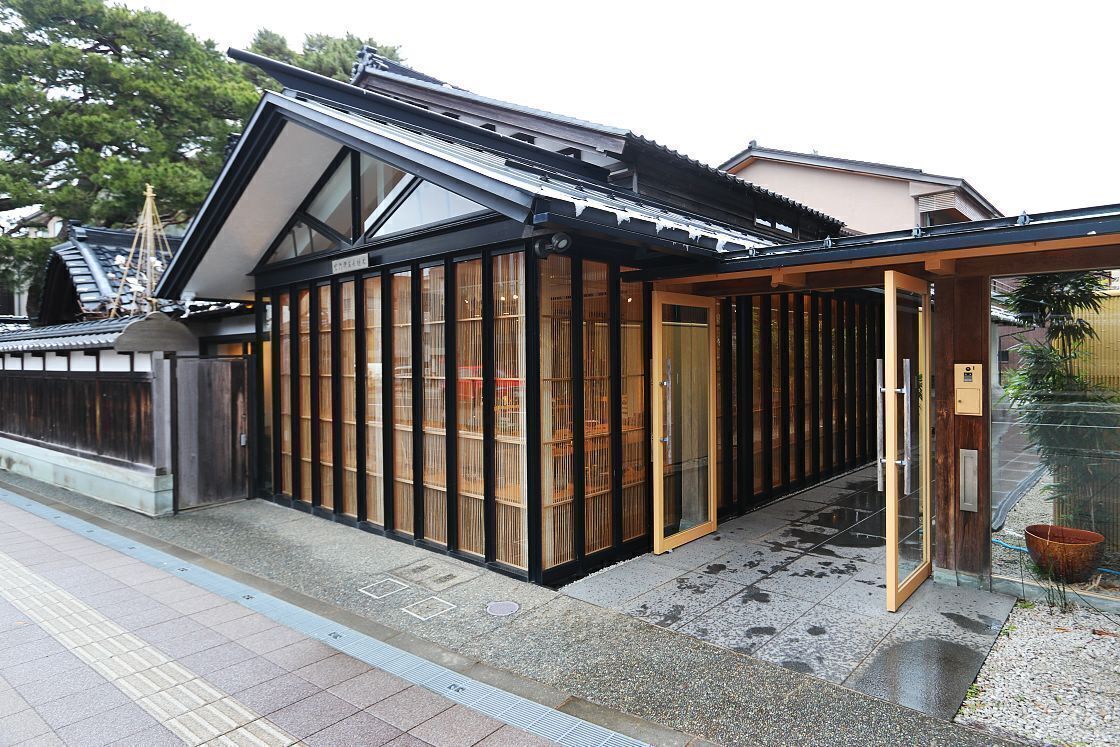
Made without the use of a potter's wheel, Ohi-ware has a distinctive appearance - often pinched and twisted into curiously curved forms, glazed a rich amber color with blue tinges created in the firing process, while some pieces are finished with rows of thin scratches.
Inside the museum are several small exhibitions spread across four floors - pieces by the 1st Chozaemon, a collection of especially important pieces created to mark auspicious occasions, and copies of pieces given as gifts to the Imperial family. My own favorite was a series of pieces made by the 9th Chozaemon together with various late 18th and early 19th century notables, each one reflecting something of the character and interests of his collaborator.
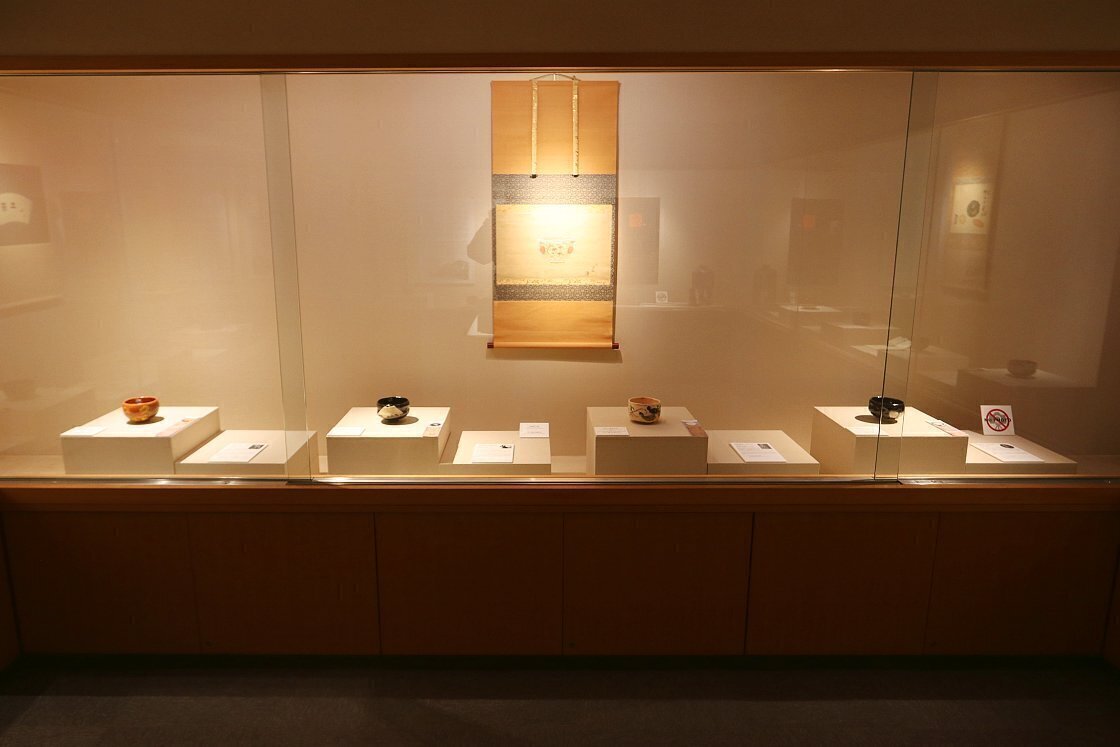
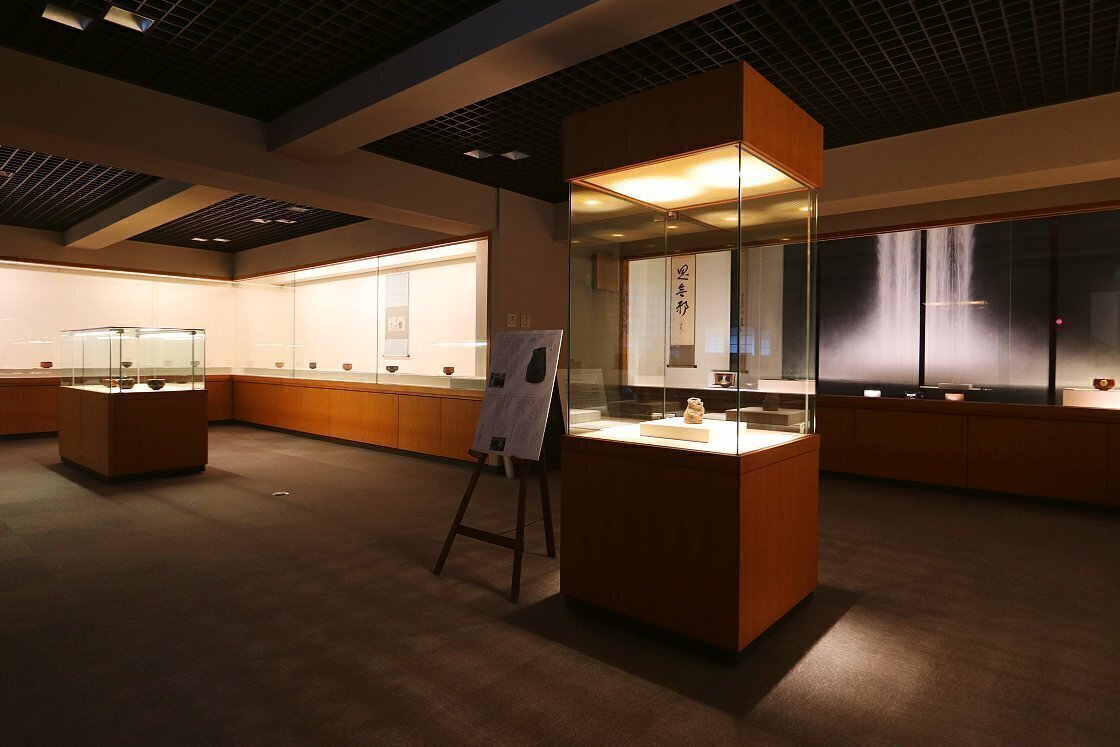
After exploring the museum, I took a few minutes to browse inside the gallery - an attractively designed extension to historic family home. Inside, about a third of the space serves as the shop - displaying rows of beautifully made pieces ranging from modern to very traditional. With many pieces costing in excess of a million yen, I decided to be very careful!
After a good look at the pieces on display, I took a seat in another space with tables and low stools, looking out into a little garden. Here I was served a little seasonal sweet - made with chestnut and sweet bean paste - and some nice foamy matcha in my choice of Ohi teabowl, and enjoyed both while watching flecks of snow drifting lightly through the garden outside.
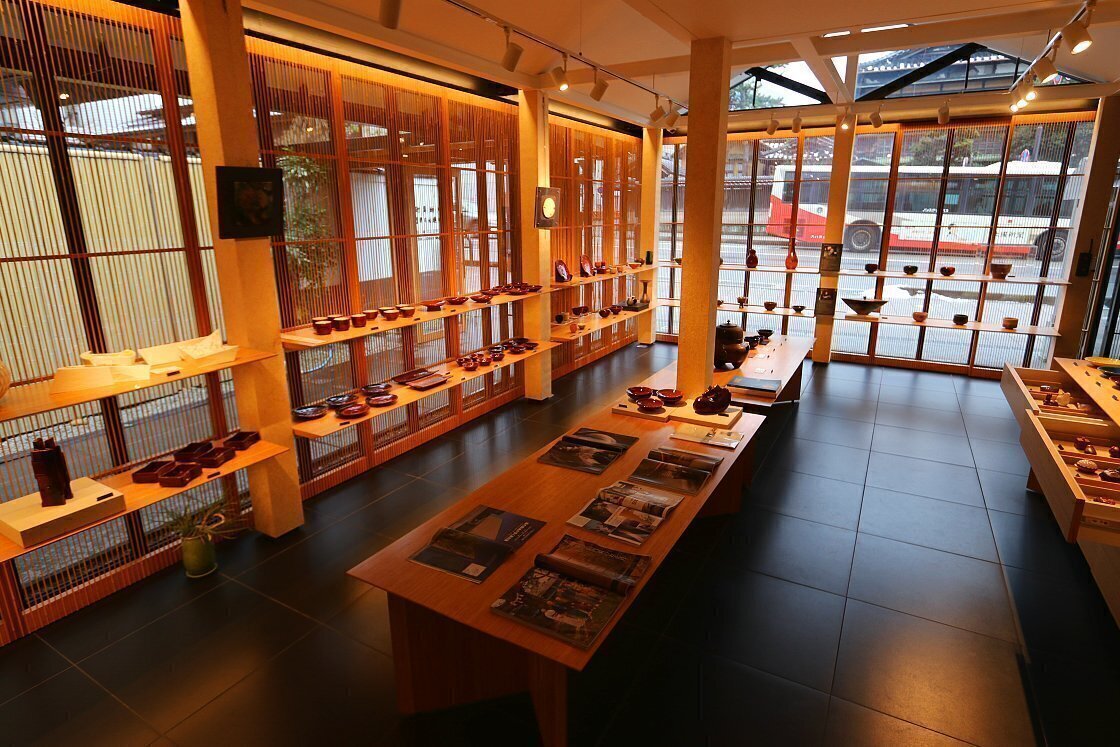
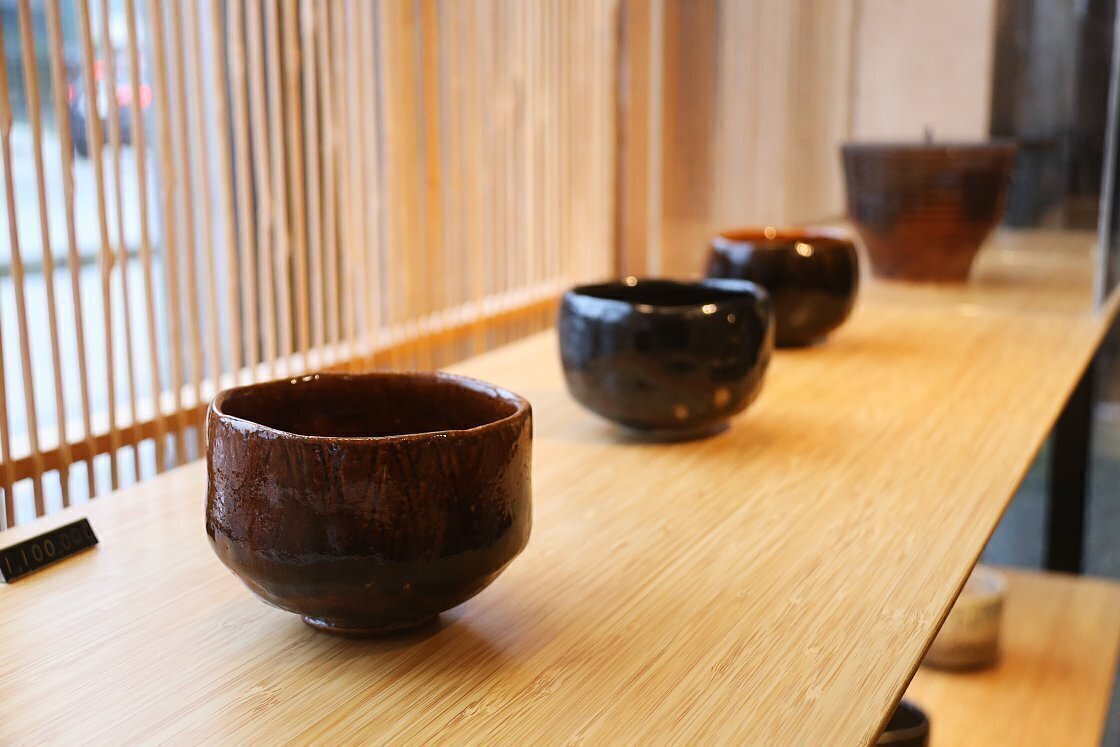

Another short ride took us to a beautifully restored machiya house, known today as In Kanazawa House. Once the home and working premises of a local kimono fabric dyer, the house changed hands about 15 years ago and now serves as a venue for tourist-friendly culinary experiences.


Maya-san - one of several local culinary experts hosting experiences here - took me up through what used to be the house's main entrance into a tatami matted room looking out onto an enclosed garden, where flecks of snow drifted on the wind past a heavy stone lantern.
Maya-san began by introducing me to the various ingredients we would be working with - fresh sashimi, vegetables of various kinds and fragrant pickles - all beautifully laid out on the table in front of us. Our first task was to shape the sticky, slightly vinegar scented rice, squashing it down into six rough cylinders with the help of a wooden mold. It was then our choice whether to keep this shape or round them into a ball, the latter form being more traditional, hence the name "temari" meaning an embroidered handball traditionally made from bits of old kimono and given by parents to children on new year's day.
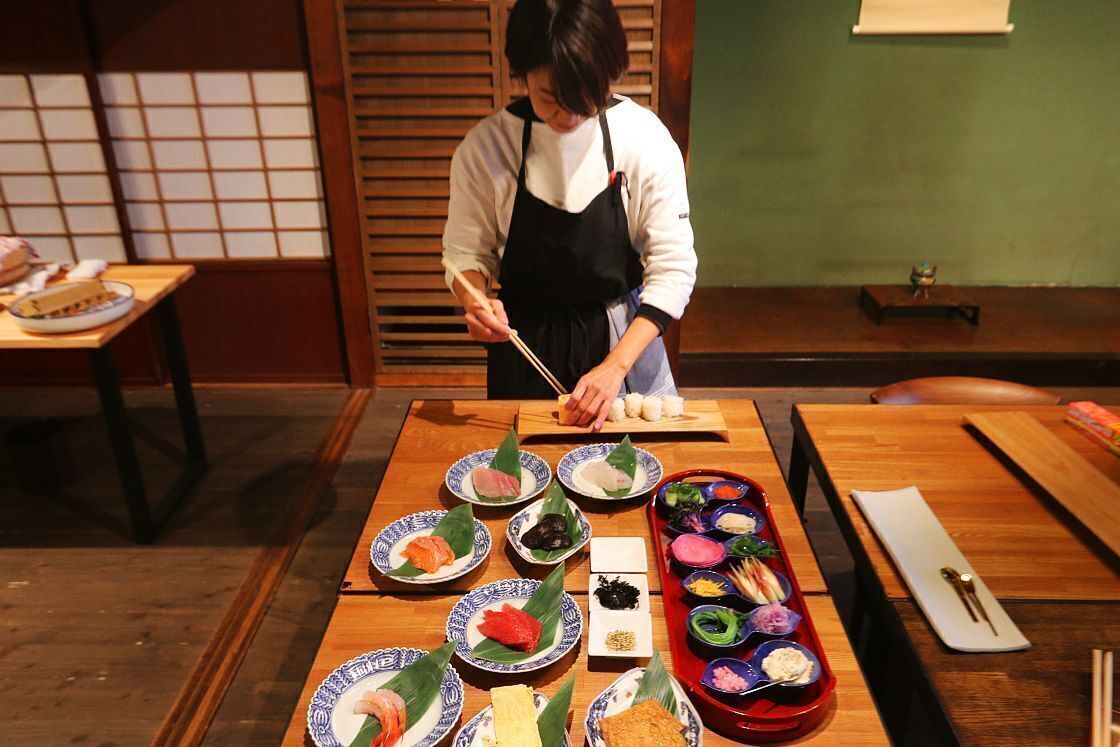
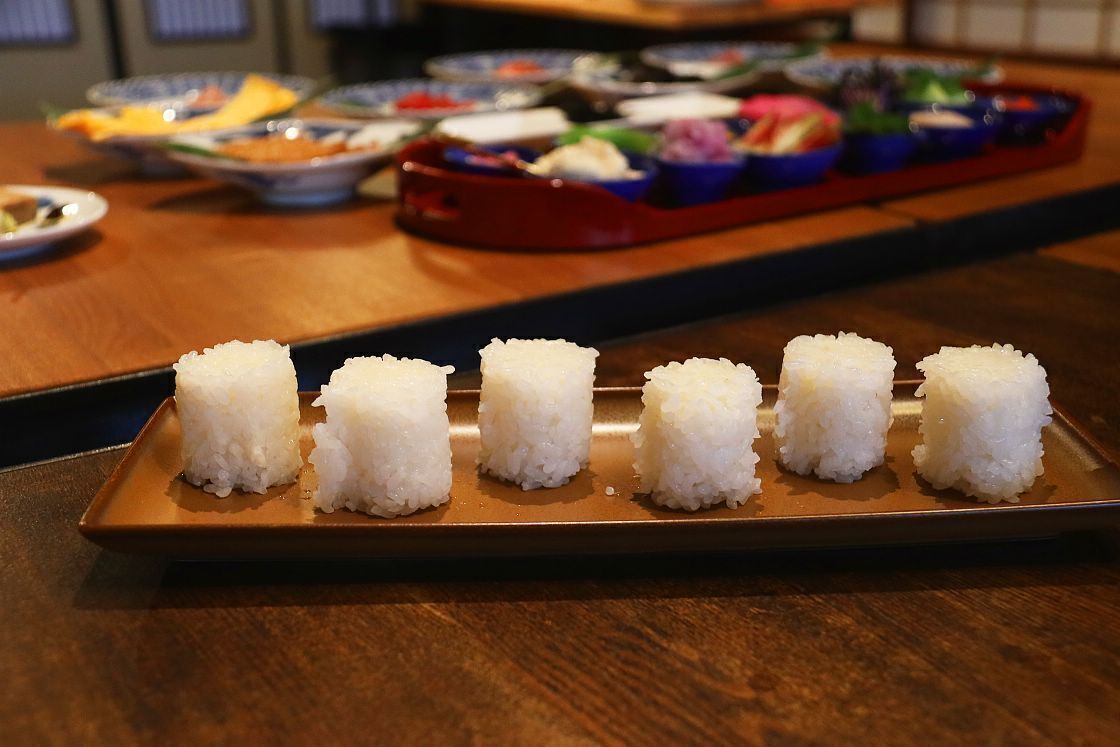
With great delicacy and skill, Maya-san proceeded to top the rice with slices of fresh fish or vegetables, then finishing each piece with decorative touches - a sprinkling of yuzu peel, a wrapping of thinly sliced cucumber or in one case a thin tofu pouch, cinched like a dressing gown with a thin green stem.
Soon, with some encouragement from Maya-san it was my turn to give it a try, and while it almost immediately proved a lot more difficult than she had made it look - balancing topheavy ingredients without tipping over the whole structure turned out to be a particular challenge - but it was also a real pleasure to see each piece come together in a satisfying way.


Rounding off the experience in the best way possible, we sat down to enjoy the sushi we had just made, along with the equally delicious pieces of leftover sashimi, all served on colorful ceramics in the colorful local Kutani-ware style.
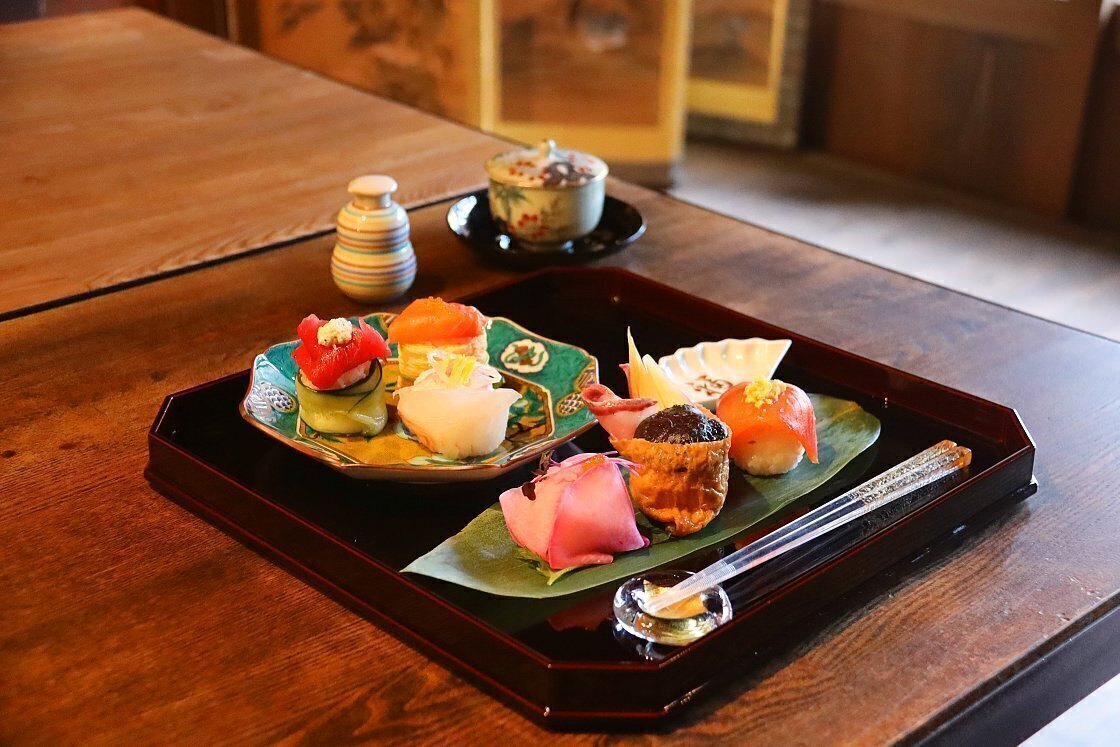
Shimanami Kaido
For the second of my three guided experiences with JTB Sunrise Tours, I was delighted to finally tick off the first half of something that had lingered for far too long on my to-do list: the Shimanami Kaido.
The more commonly used name for the Honshu-Shikoku Bridge Expressway project, this hugely popular cycling route extends 70 kilometers over bridges and islands, crossing the Seto Inland Sea from Imabari on the Shikoku side to Onomichi on Japan's largest island of Honshu. Although the tour would only bring us as far as Setoda - a sleepy port town at around the halfway mark - I couldn't be more excited at the chance to take in the area's beautiful landscapes from the back of a bike.
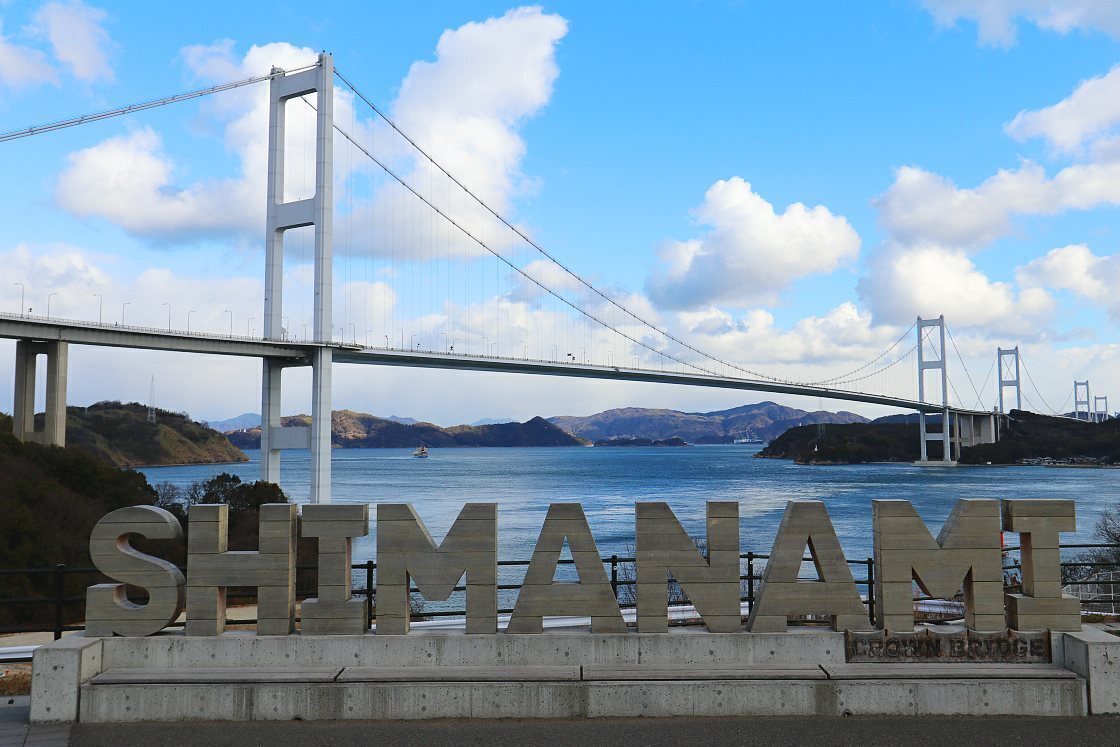
Completed in 1999, the route is known for its first-rate cycling infrastructure: a highly visible blue line points the way forward, while over 150 local shops and guesthouses participate in a program offering essentials like rest stops, drinking water and toilet facilities free of charge. It's this attention to detail - together with the glittering blue sea, graceful suspension bridges and surrounding rolling hills - that make for a truly world-class bike ride.
After arriving at Sunrise Itoyama - a cycle rental service and information center - for a quick orientation, safety instructions and a few final adjustments to my rented e-bike. In no time at all, we were on our way and crossing the Kurushima Kaikyo Bridge - the longest in the world at four kilometers when it was completed in 1999 - admiring a spectacular view across the Seto Inland Sea.
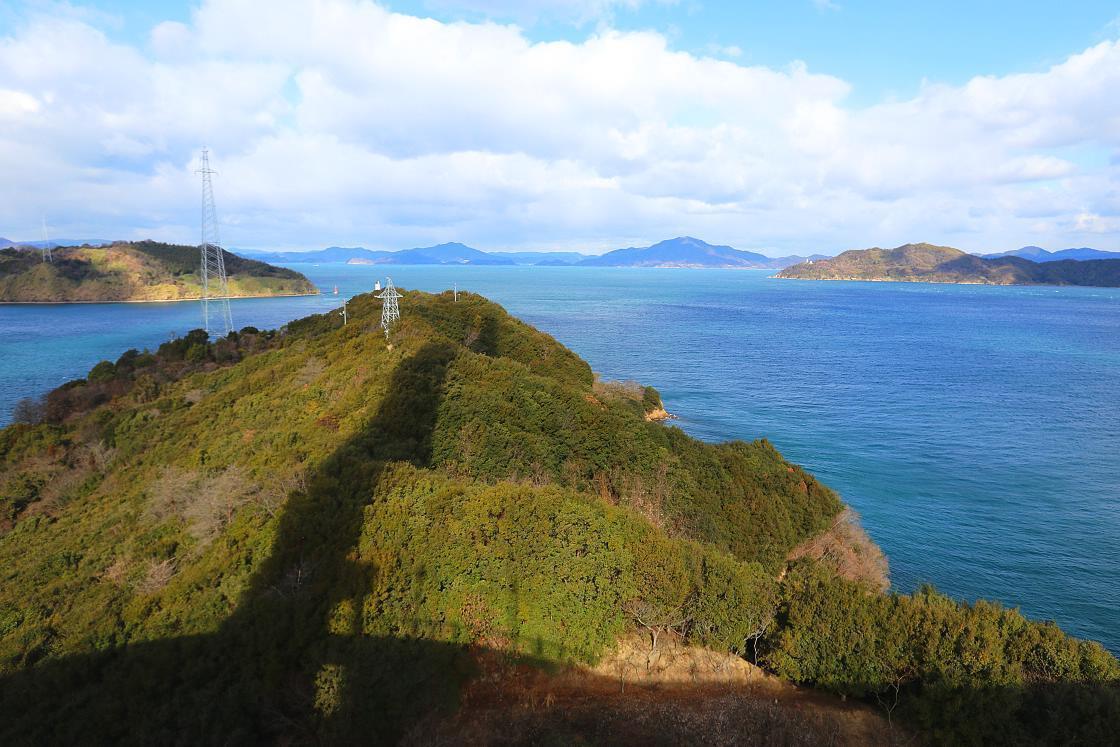
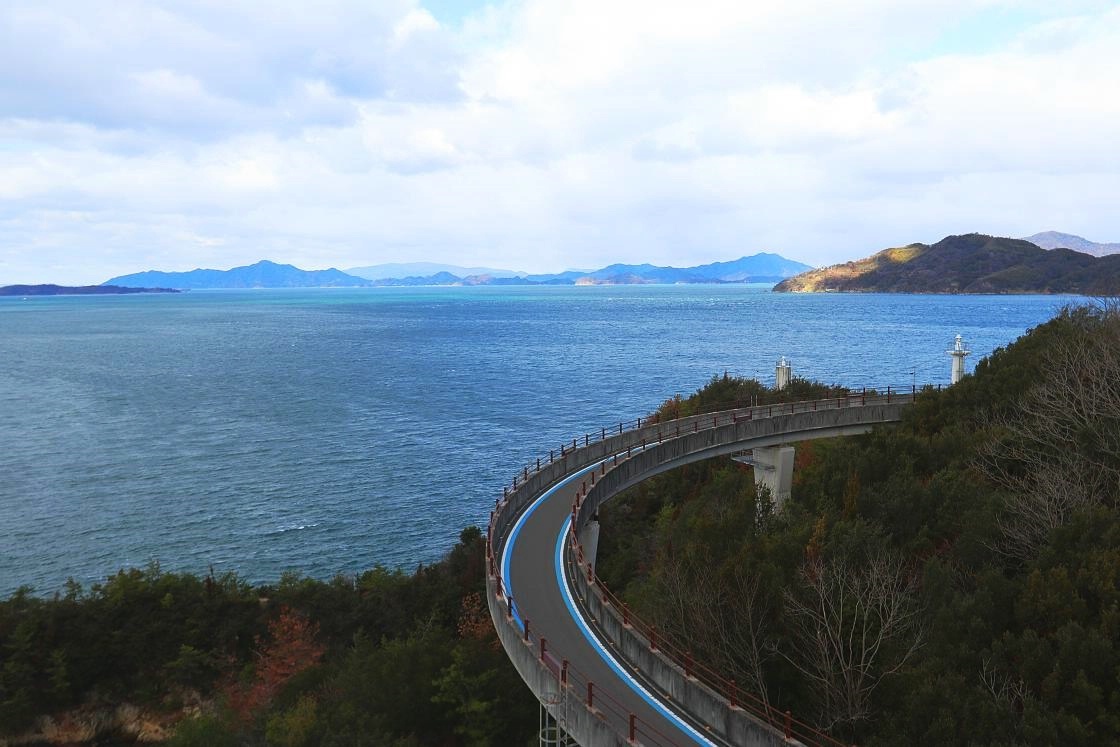
At the opposite end of the bridge, the first island we crossed was Oshima, from whose western shore we enjoyed another quite breathtaking view back at the full length of the Kurushima Kaikyo Bridge, while a bracing sea wind threatened to blow us off our feet. Making our way through the island's interior, we took a slight detour off of the main Shimanami Kaido route to make a stop at Miyakubo Port - a picturesque stretch of sea front on the north east side.
From the 14th to 16th centuries, it was from this very harbor that the Murakami Suigun - a powerful seafaring clan - used their skills and expert knowledge of the often treacherous local currents to dominate the entire region, extorting taxes from nearby towns and a cut of the vital trade routes connecting the Inland Sea with Osaka. Operating at the fringes of Japan's pre-feudal society, they seem to have occupied a position somewhere between pirates and the coast guard.
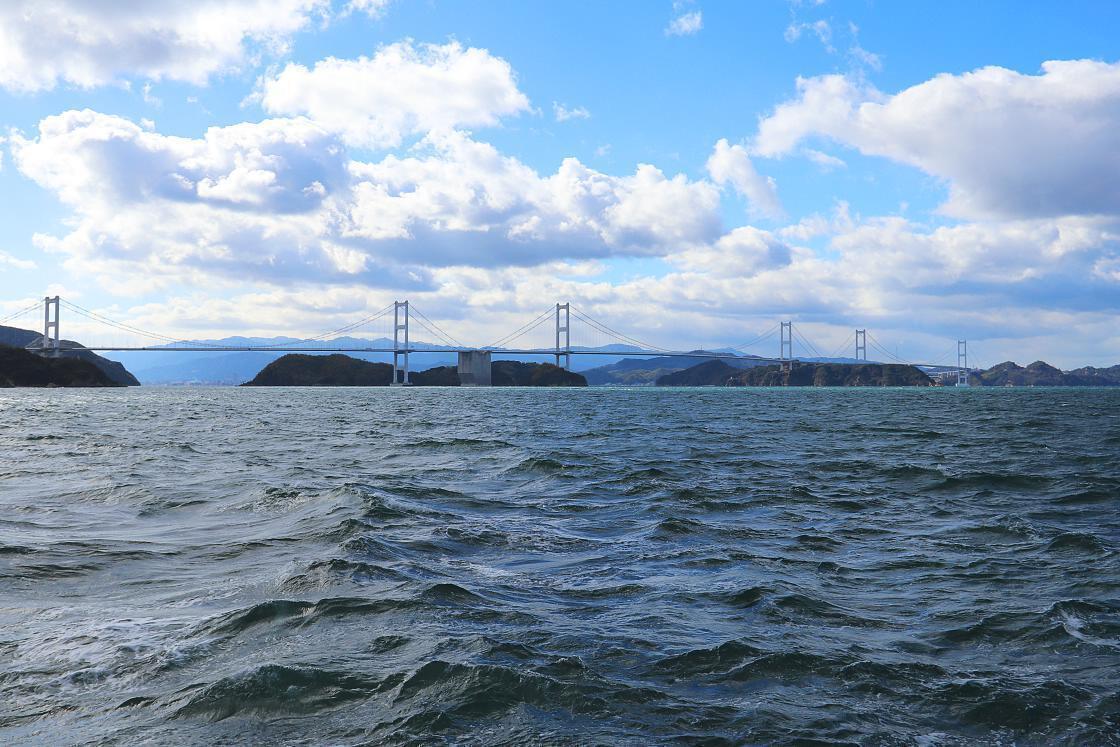
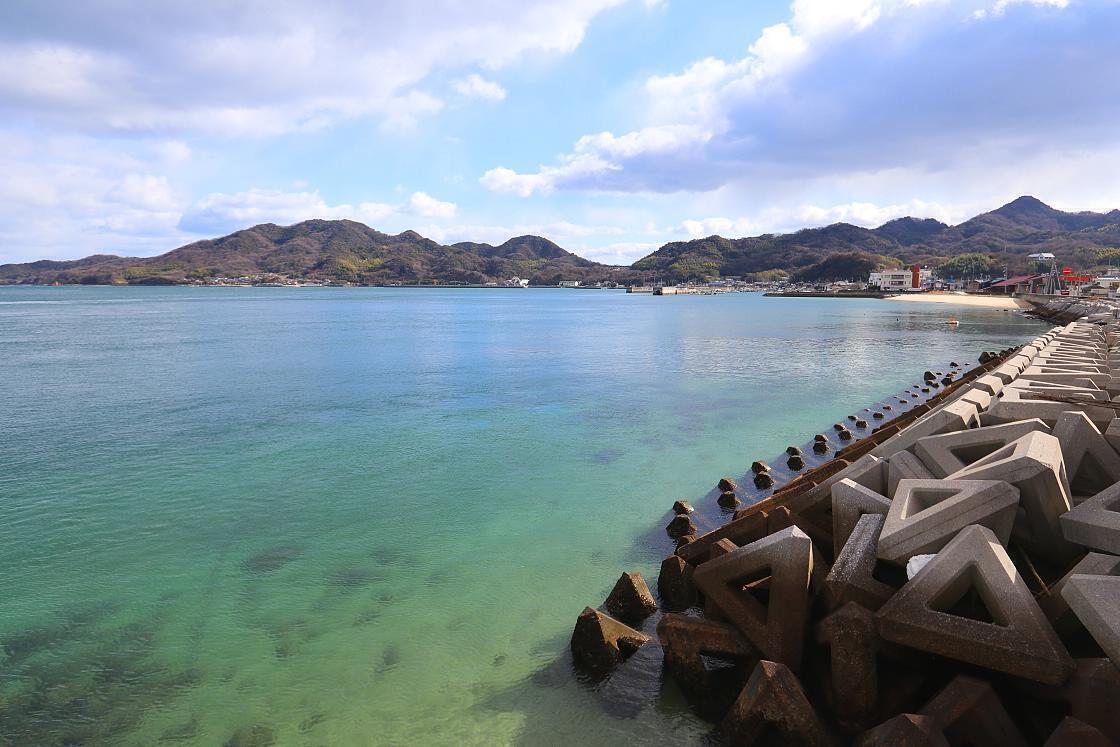
To find out more and to see some of the powerful local tides in action, we participated in a boat tour of the bay by Noshima Suigun, but not before enjoying a kaisendon lunch - a bowl of rice topped with fresh, delicious seafood - in the restaurant at the pier.
Along the 40-minute cruise, we saw a pair of small, rocky islands, the larger of which seemed to have been flattened on top into a series of terraces. It was here, I learned, that the Murakami built a castle of sorts, connected by a bridge to the smaller one - now home to a single, solitary temple building.
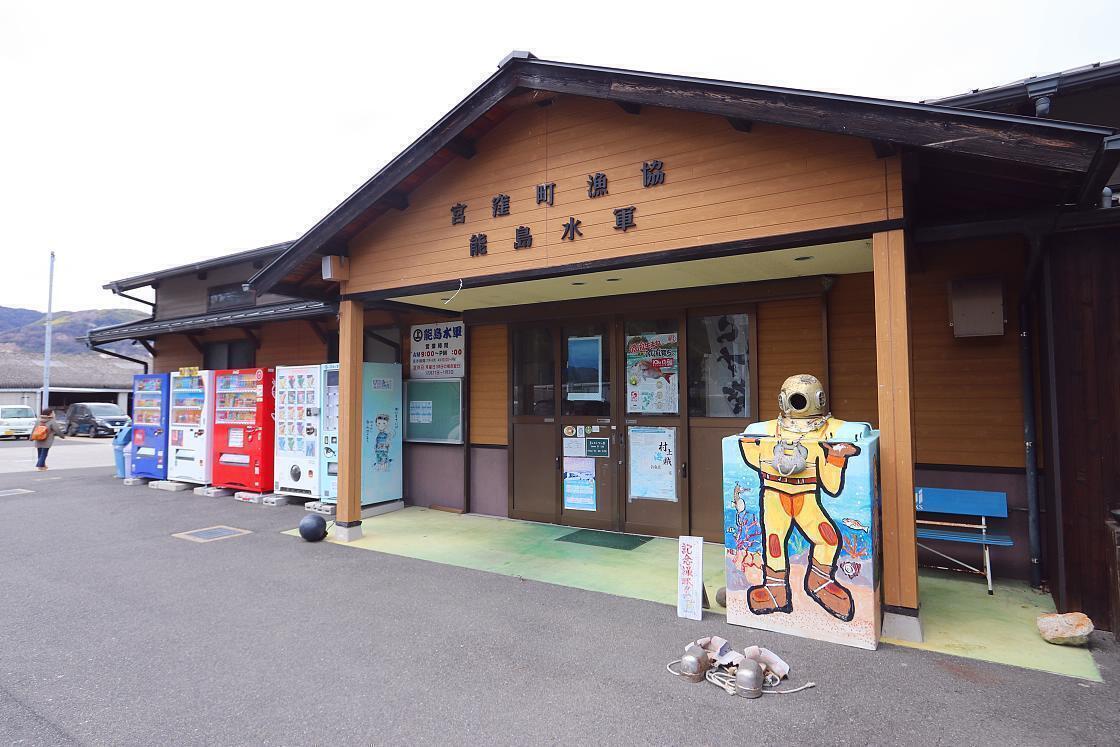

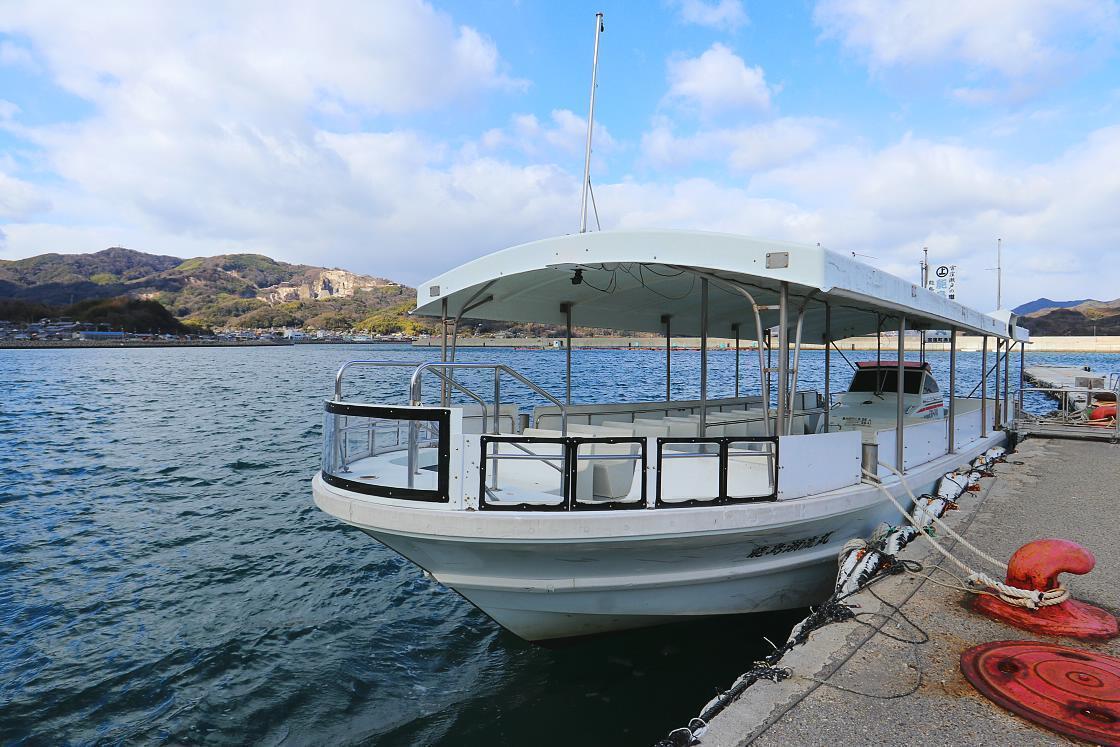

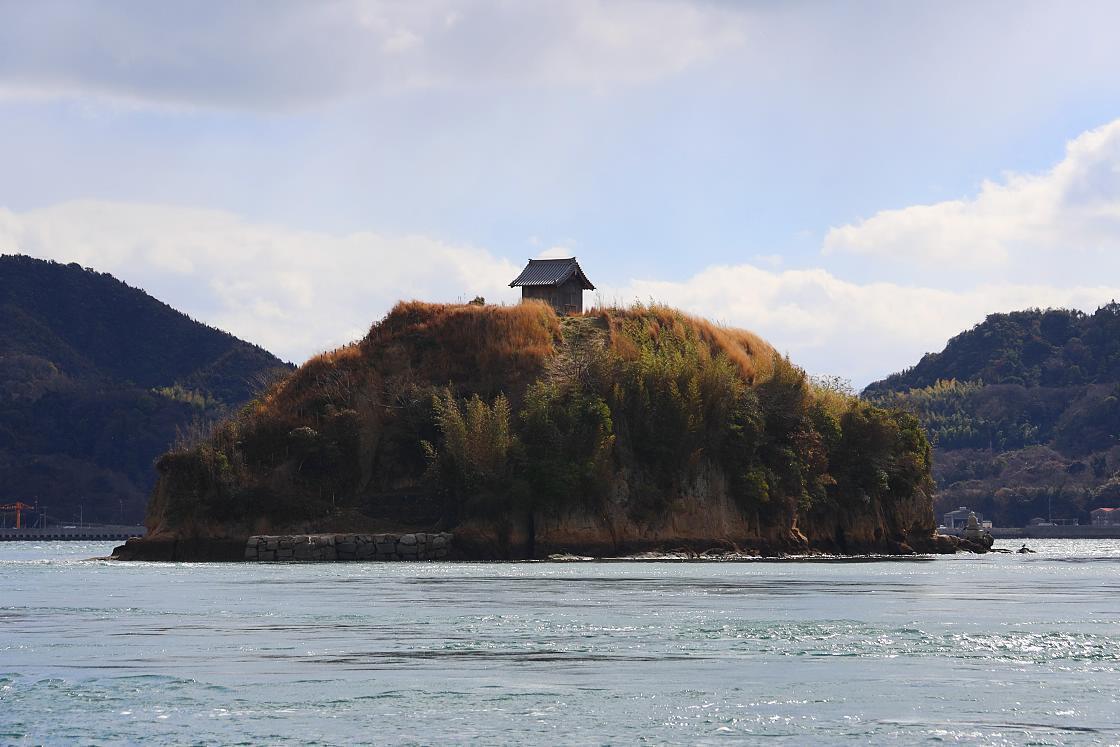
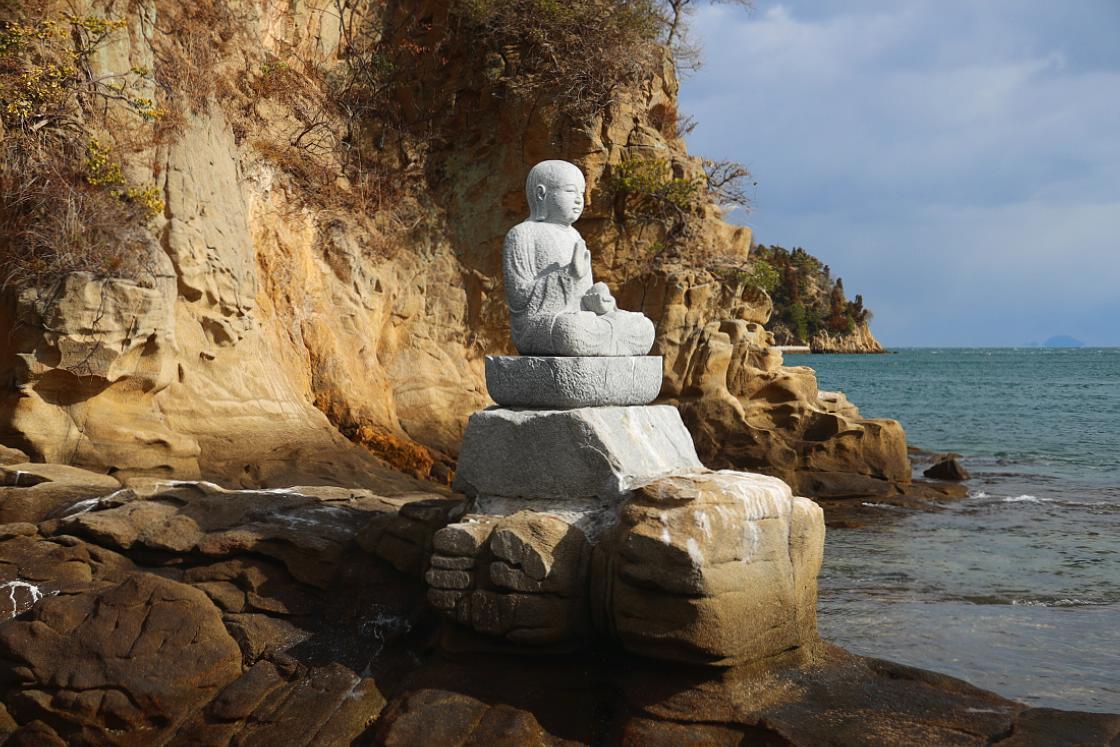
After the boat tour, we continued on our bicycles north around the coast towards the Hakata-Oshima Bridge. On the next island of Hakatajima, we passed quiet fishing harbors lined with quaint little timber houses, and paused at a buzzing shipyard to stare up at a hulking, newly built freighter. By the time we reached Omishima - the fourth largest island in the Seto Inland Sea and a popular spot in summer for sea swimmers - we were very much on the home stretch. Making our way along its east coast, our view took in another former island stronghold of the Murakami Suigun, the looming form of the Tatara Bridge (our last of the day), and beyond it the steep hills of Ikuchijima.
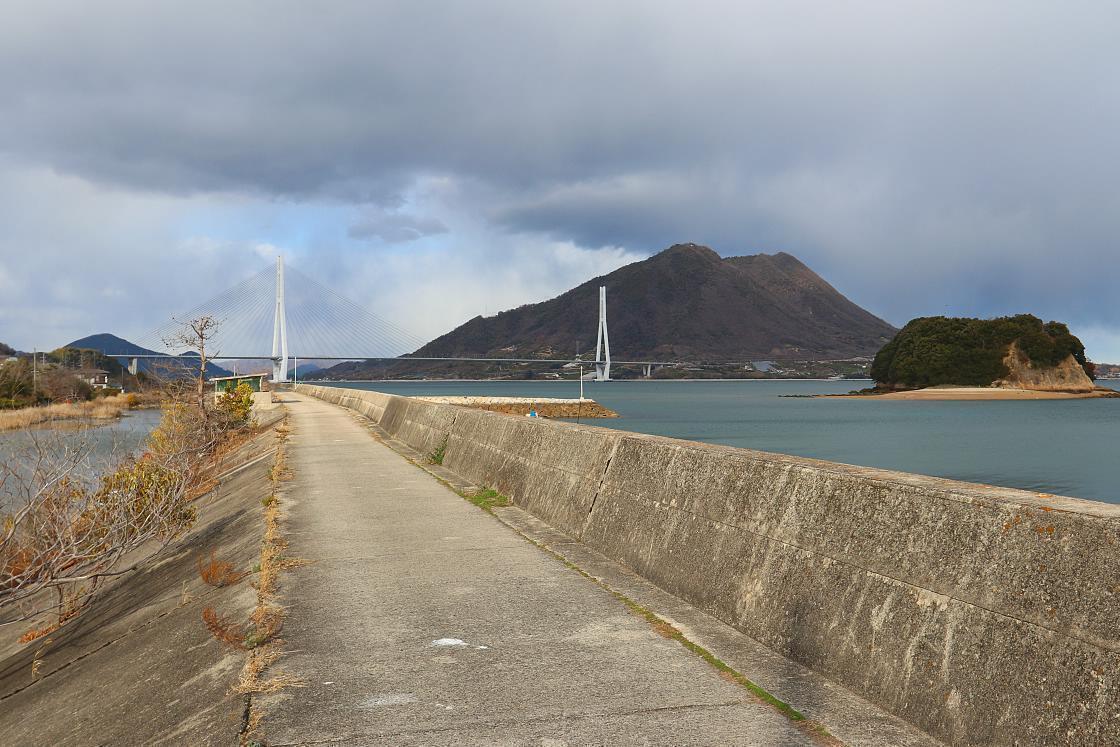
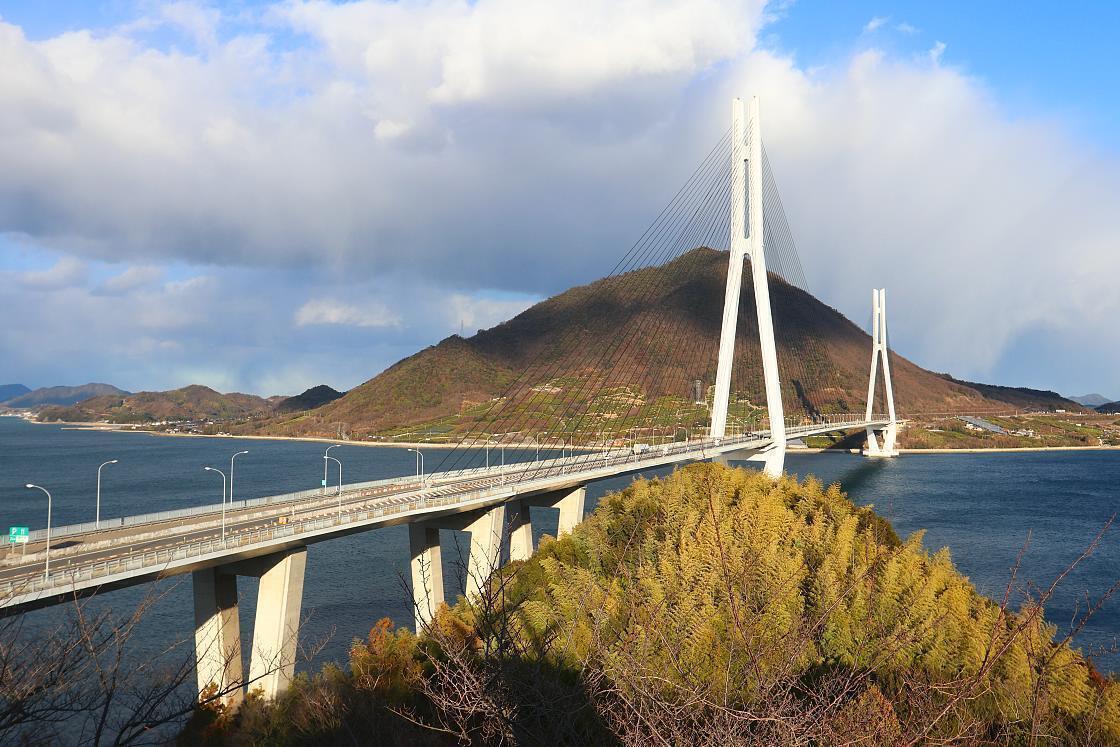
With the sun already hanging low over the horizon, we completed a final section along Ikuchijima's west coast to reach the harbor town of Setoda and our finishing point for the day. Setoda, I learned, is the number one producer of lemons in all of Japan, and much of this part of the route is dotted attractively with lemon trees. At last, we arrived at the Setoda Ferry Terminal, where beaming staff were already waiting to take our bikes.
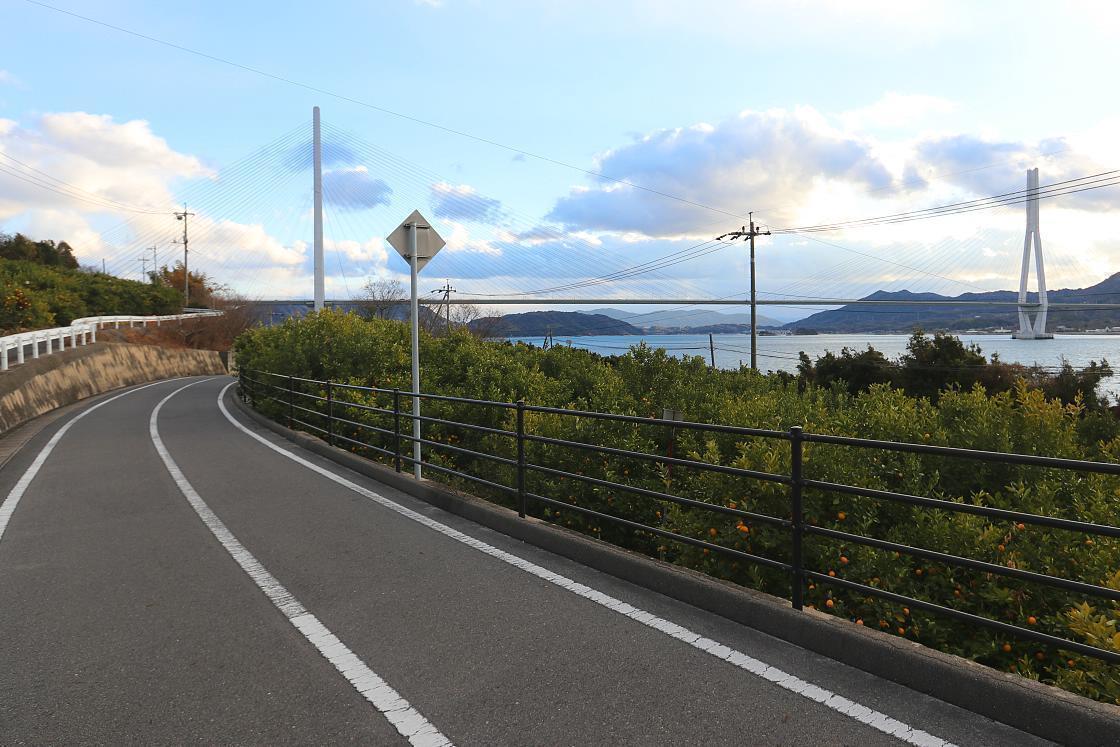
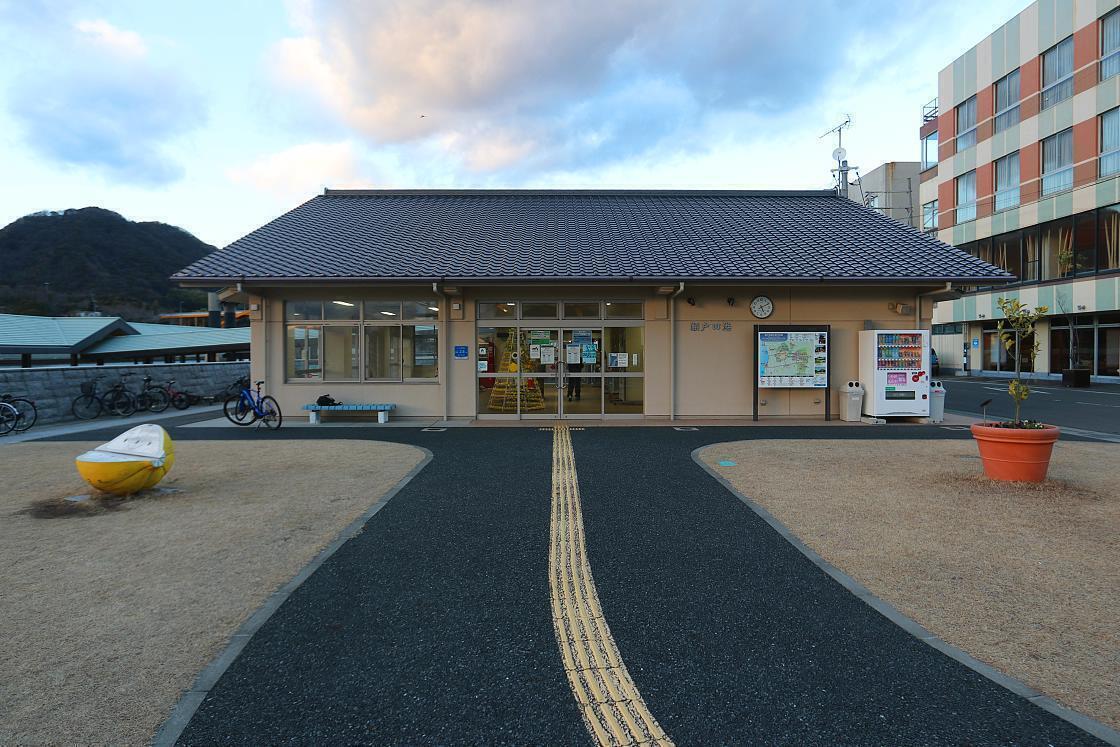
With that my time on the Shimanami Kaido was at an end, and I was soon on my way to my final destination of Onomichi (JTB Sunrise Tours also offers a longer 7-day tour including other experiences in Shikoku). Despite my slightly frozen hands and face, the day had been an absolute delight, and the route had more than lived up to its reputation both for ease of travel and stunning surroundings.
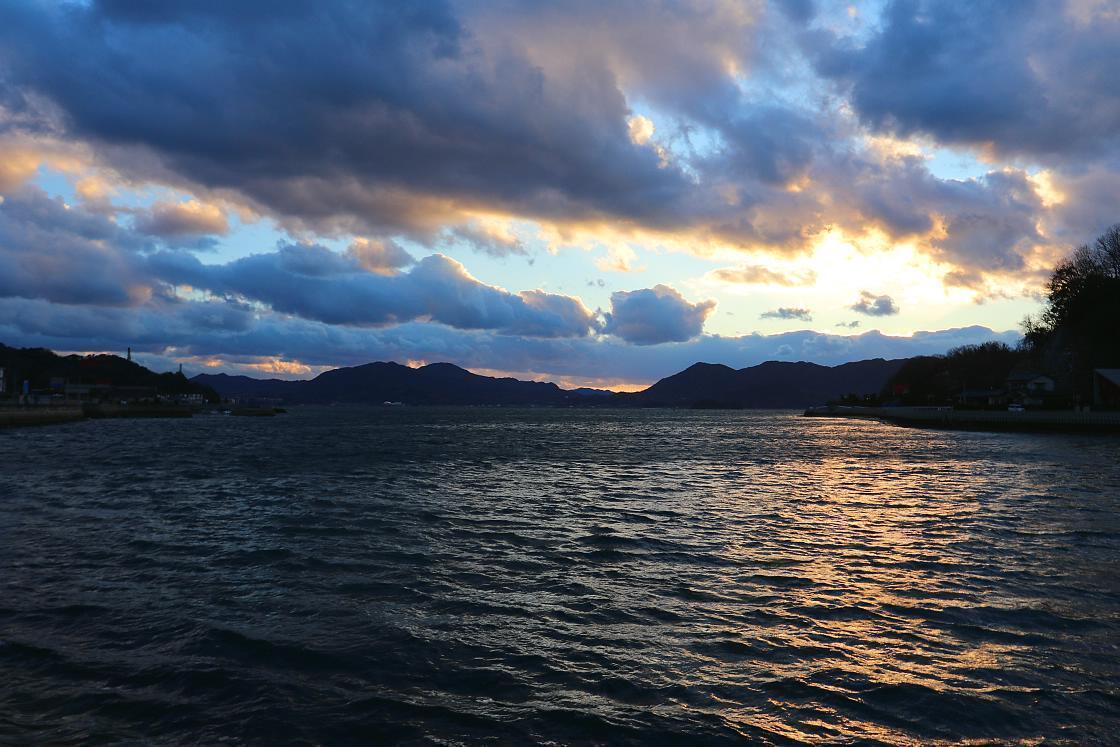
Takamatsu
For the last of my tour experiences I made my way to Takamatsu - a large city on the north coast of Shikoku and, owing to the high volume of traffic passing through by road, rail and ferry, the main gateway to the region. As I was about to discover however, there is far more to the city than its usefulness as a transport hub. On my itinerary was a ride on an appealingly old-fashioned local train line, followed by visits to three of the 88 temples making up the famous Shikoku Pilgrimage, with lots of local color and some beautiful views of the surrounding landscape thrown in for good measure.
Meeting my guide at JR Takamatsu Station, we began our day with a 5-minute stroll over to Takamatsu Chikko, a much smaller station set inside the grounds of what used to be Takamatsu Castle. Today, only a few of its original buildings remain besides its defensive saltwater moats, although a reconstruction of the main keep's foundations was completed in 2013. Jumping onto one of the trains, we were soon on our way to Kotoden Yashima - a ride of just over half an hour, with one stop at nearby Kawaramachi.
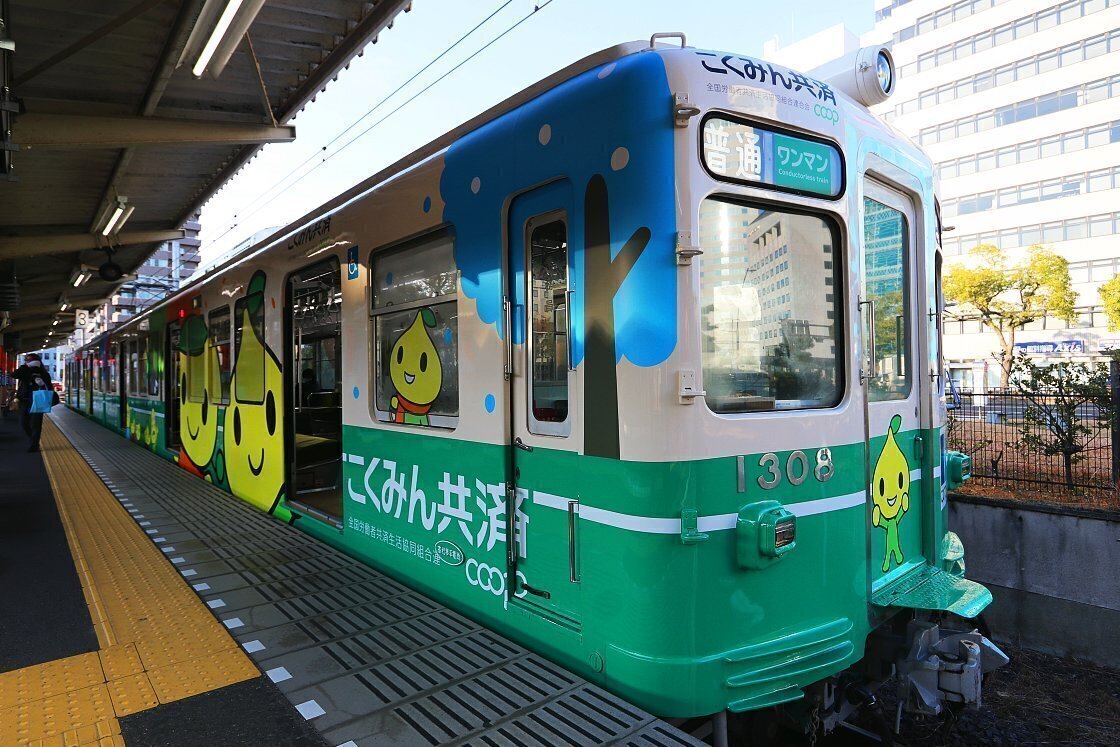
Although technically founded in 1943 by the wartime merger of three local train lines, The Kotoden Electric Railway can trace its origins still further to 1909 and the founding of the Takamatsu Electric Tramway. A ride on the Kotoden can be a particular treat for lovers of old trains as each of its carriages was donated by other companies in Tokyo and Nagoya having already served for 20 years in their original setting.
Getting off at Kotoden Yashima Station, we changed to a waiting hire car for a further 10 minute ride to the top of Mount Yashima - an unusually flat peak surrounded by sheer rocky cliffs - hence the name, meaning "roof island". Here, at a height of 292 meters, a temple known as Yashima-ji has stood ever since the Nara Period (710-794). Later converted to the Shingon sect of Buddhism by the legendary monk Kukai, the temple is today known both for its elevated perch and as number 84 of the 88 temples included on the Shikoku Pilgrimage, an epic journey undertaken by about 150,000 pilgrims, or henro, every year.
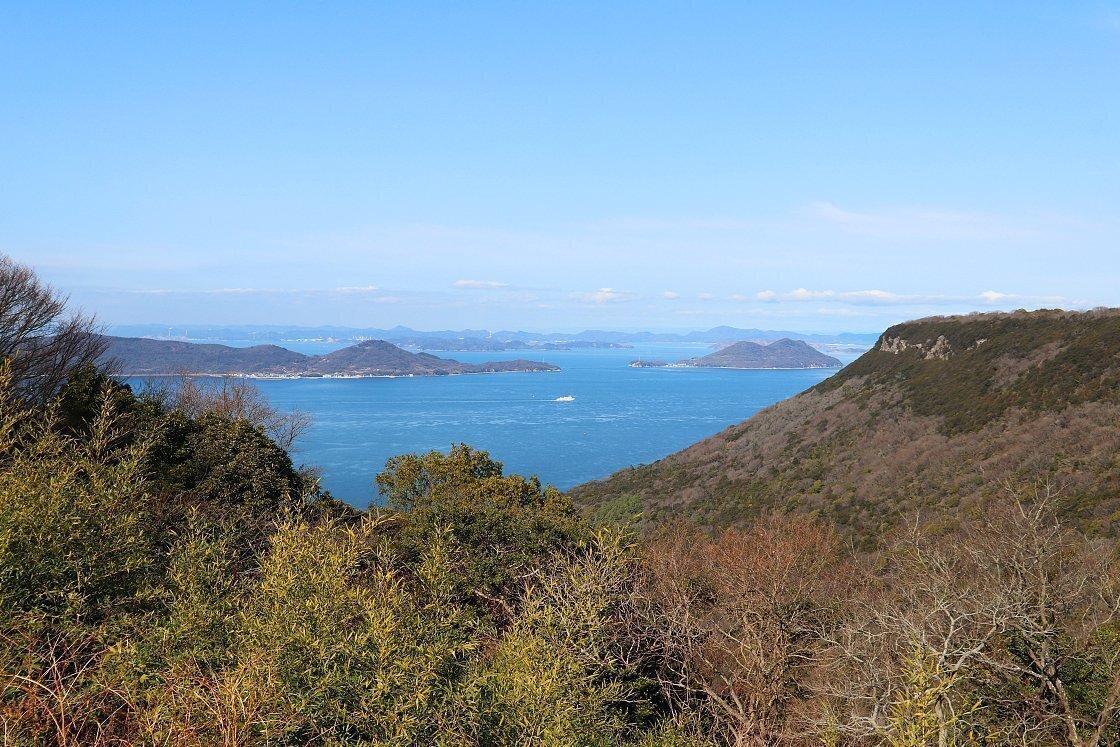
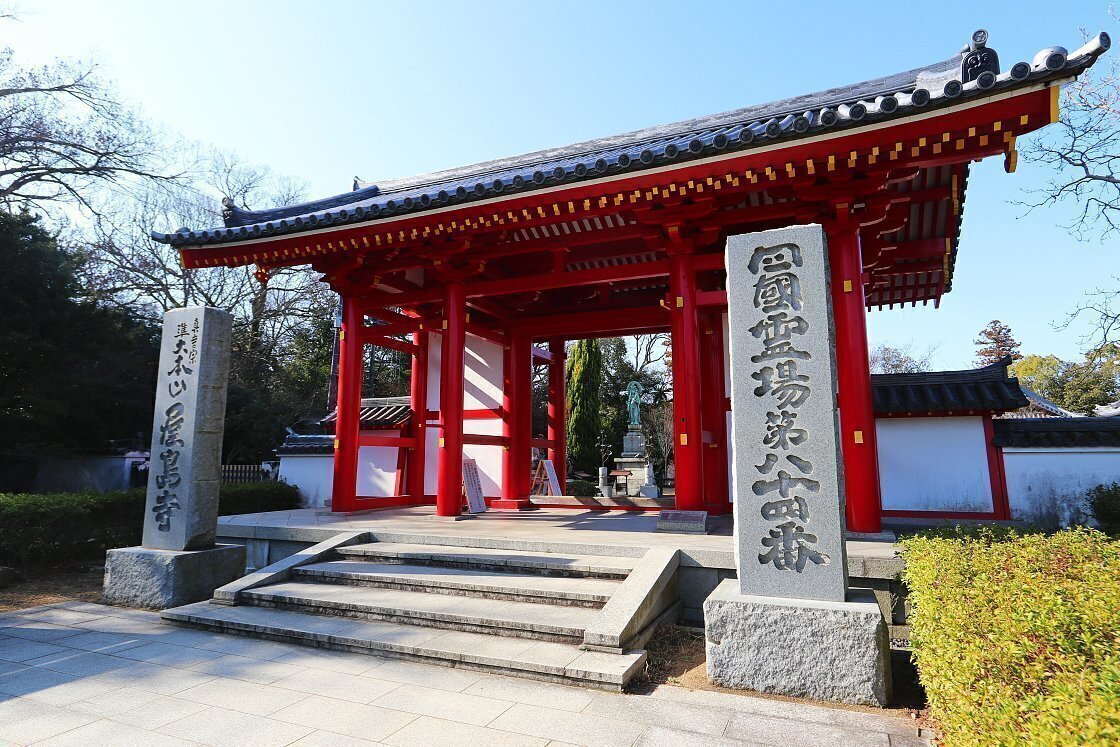
Inside the complex are a number of elegant temple buildings, in particular the main building which dates to the Kamakura Period (1192-1333) and houses as its chief object of veneration a wooden statue of the Buddhist deity Kannon carved by Kukai himself.
Just to the right of the main building I encountered two large statues of tanuki. Well known throughout Japan, these raccoon-like animals are often depicted as magical, yet benevolent creatures with a penchant for shapeshifting and playing harmless tricks. In fact, the statues are of a very special tanuki, known as Minoyama Daimyojin - said to be the chief of all tanuki on the island, and one of the temple's tutelary deities.
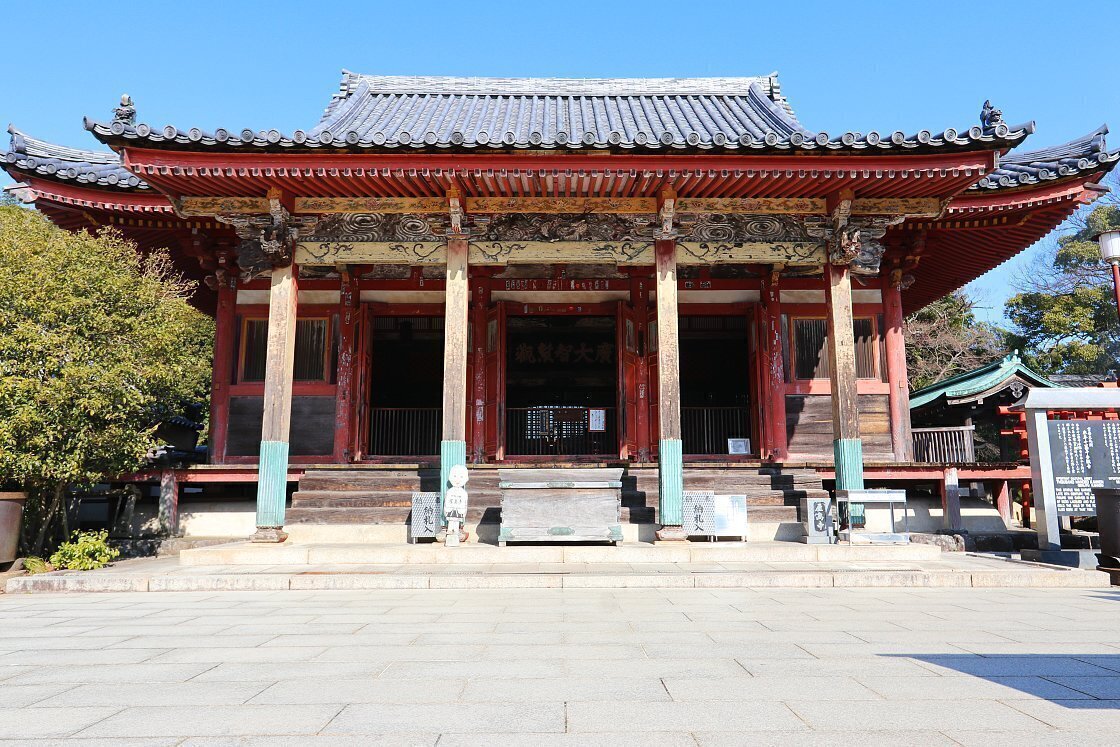
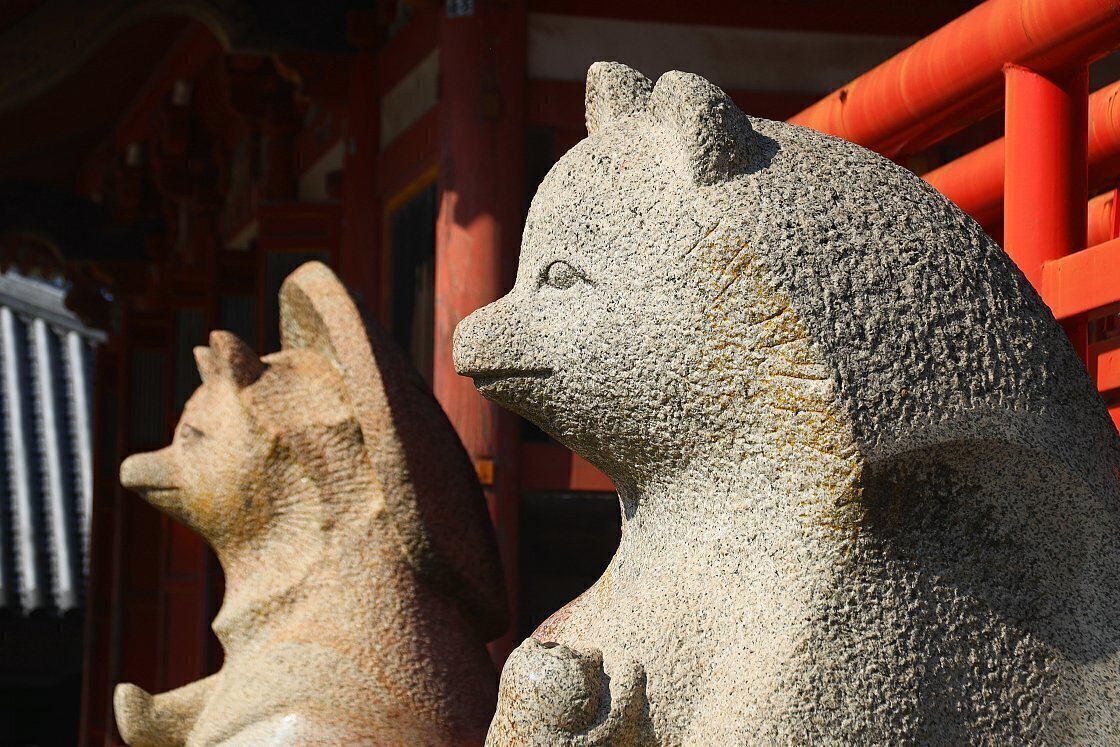
The temple is also known for its association with the battle of Yashima (1185), fought in the valley below, between the rival Heike and Genji clans during the Gempei War. Following a string of defeats, the Taira established a fortress nearby but abandoned it when the crafty young general Yoshitsune lit hundreds of bonfires to their rear, tricking them into thinking a much larger ground attack was on its way.
After exploring the grounds, it was time to make our way back down the mountain and on to our next temple, Yakuri-ji - number 85 on the pilgrim trail and located about halfway up nearby Mount Goken. While visitors can still reach the temple the old fashioned way via the original walking route, we would be taking a leisurely 4-minute ride on the Yakuri Cable Car.
Literally meaning "8 chestnut temple", Yakuri-ji takes its name from a legend in which Kukai, guided by a vision, planted eight roasted chestnuts on the mountain before traveling to China to learn the ways of esoteric Buddhism. Upon his return he found that all eight had grown into trees, in a sign that his version of Buddhist doctrine was destined to thrive in his homeland.
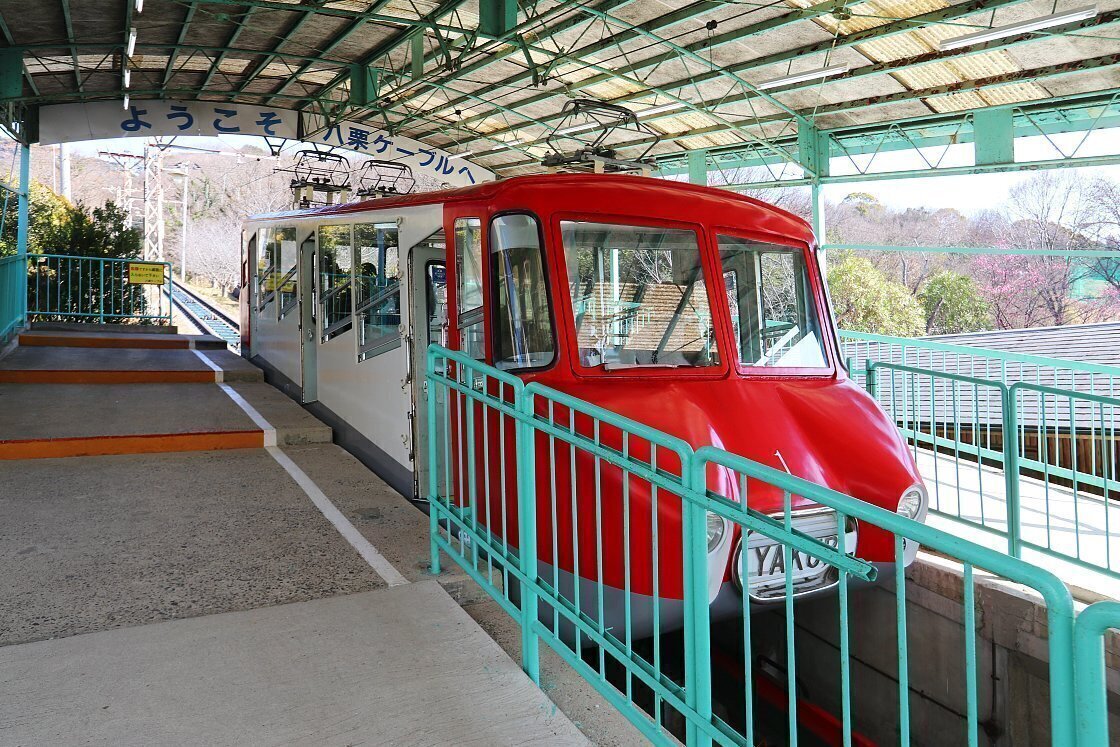
Framed impressively by the four remaining peaks of Mount Goken - said to resemble five swords until one collapsed in an earthquake back in 1706 - the temple's main hall dates to the Edo Period and still proudly displays the three-leaf crest of the Matsudaira family, an offshoot of the ruling Tokugawa Clan who governed the larger part of what is today Kagawa Prefecture until 1872.
Close by is a belfry dating to 1791, whose inscribed bell visitors are encouraged to ring before taking a bow in front of the main building.
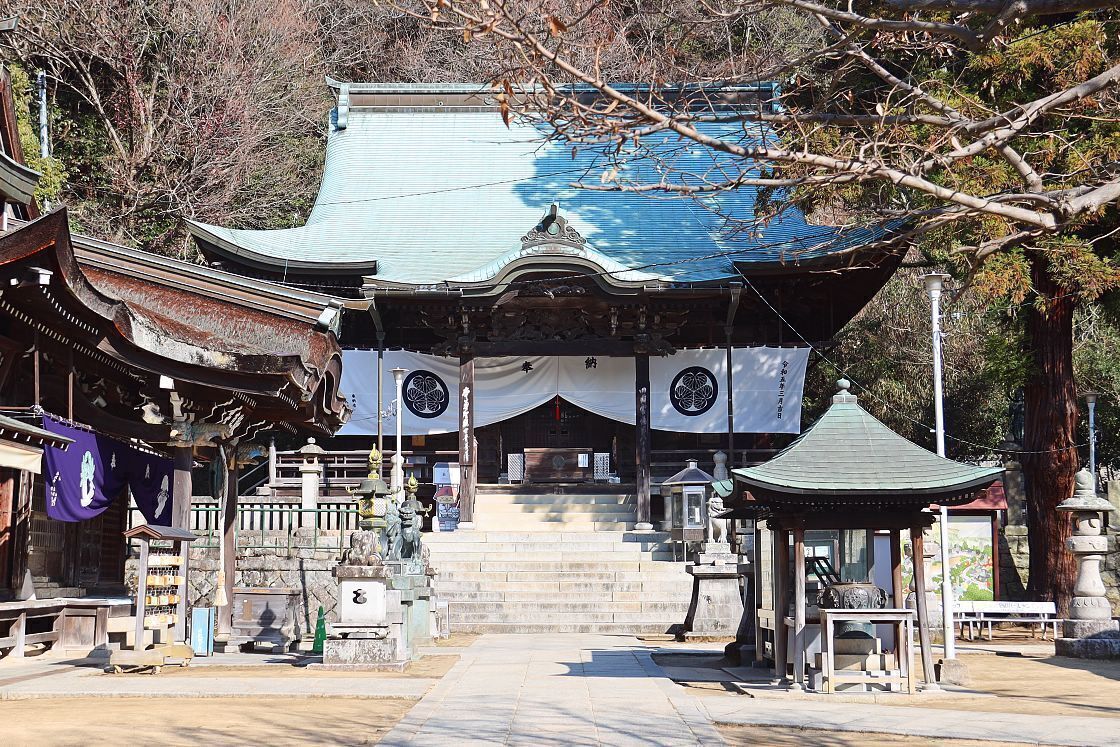
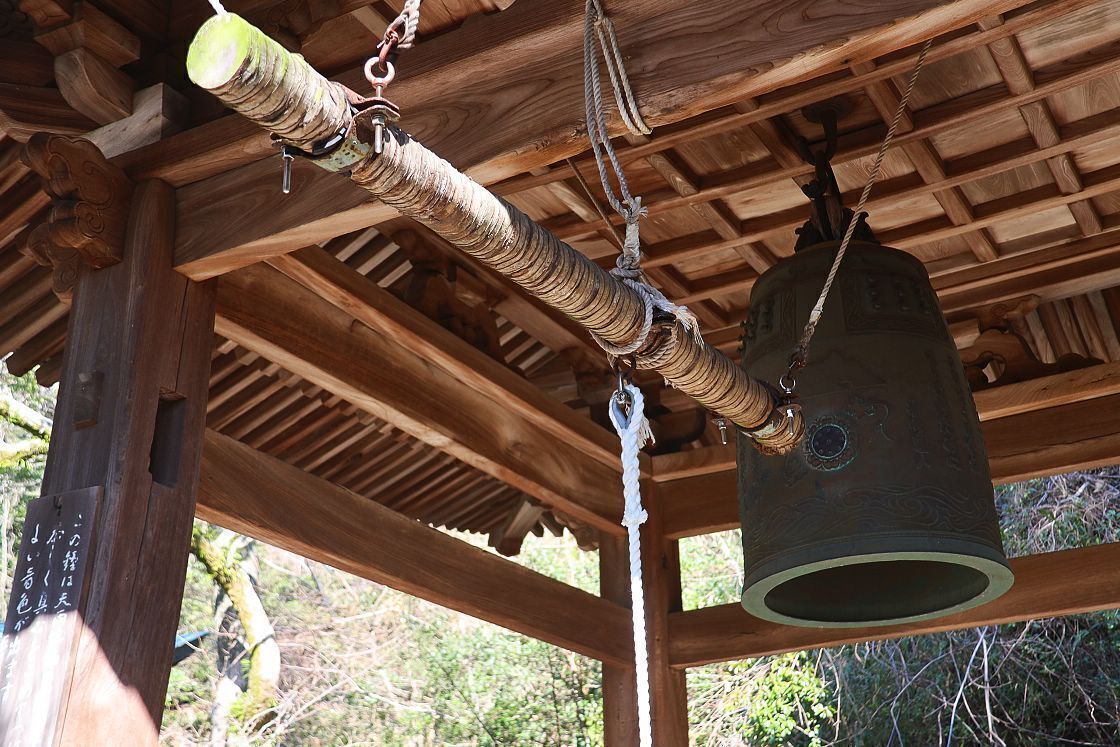
Immediately to the left of the main hall is the Shotendo - dedicated to the syncretic deity, Kankiten. Derived originally from Hinduism, Kankiten fits somewhat uneasily into Japan's Buddhist pantheon - as a deity rather than a Buddha, she is prayed to in the Shinto manner, with two bows, two claps and another bow.
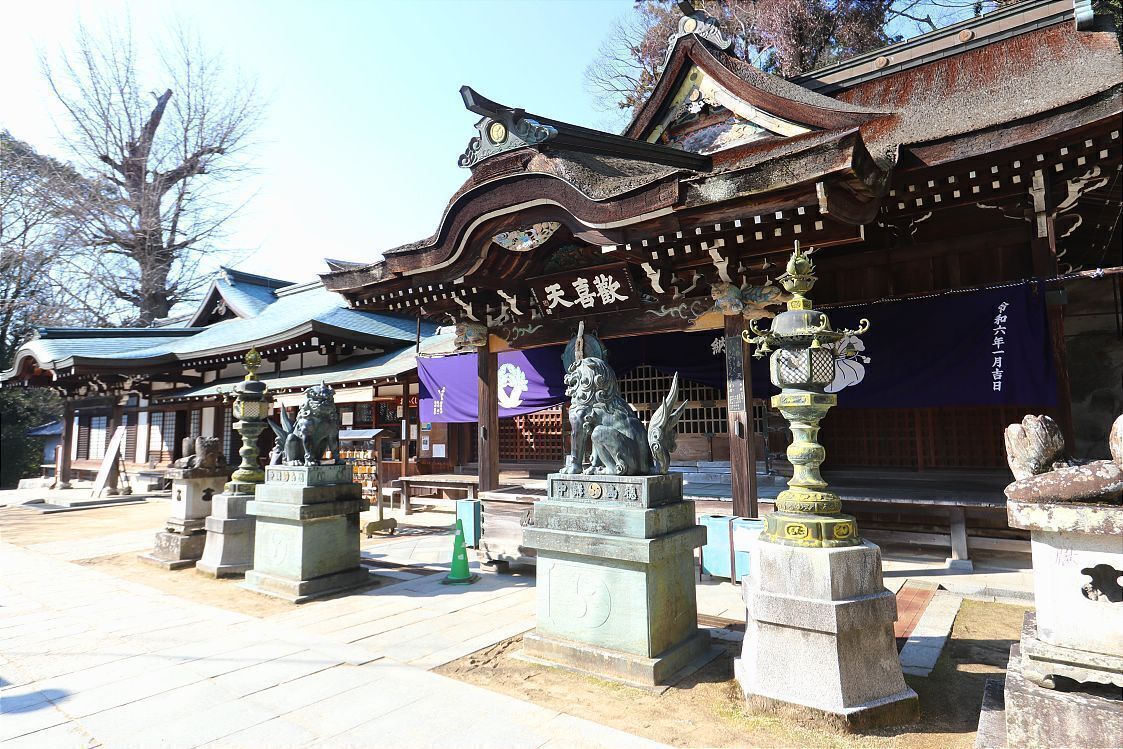
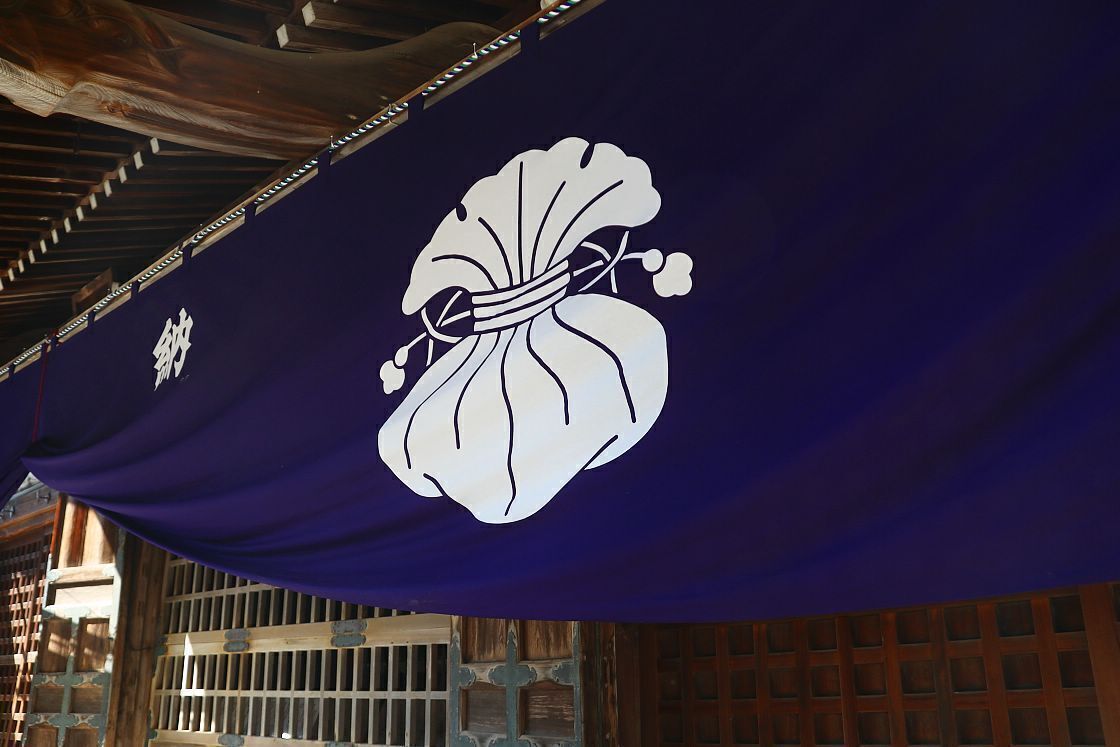
Another fascinating spot can be found a little higher up the mountain at the end of a long flight of stone steps. Called the Chushobo, this little temple belongs to one of three great tengu - a kind of magical goblin with crow-like features - said to live on Shikoku.
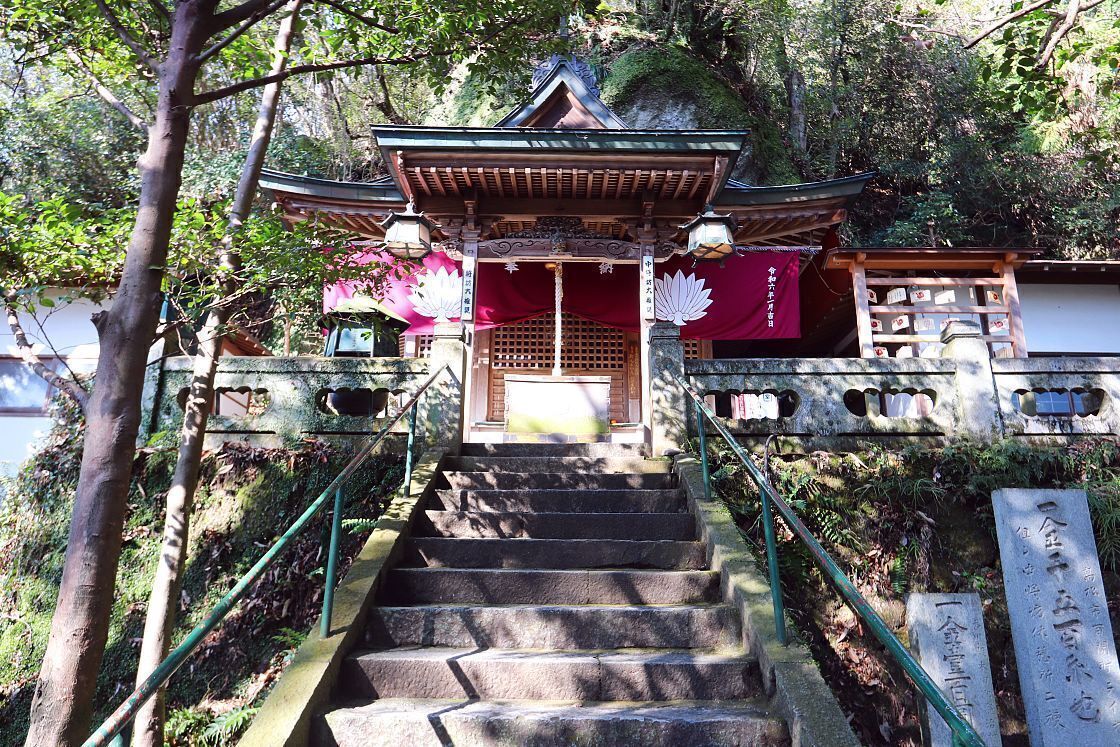
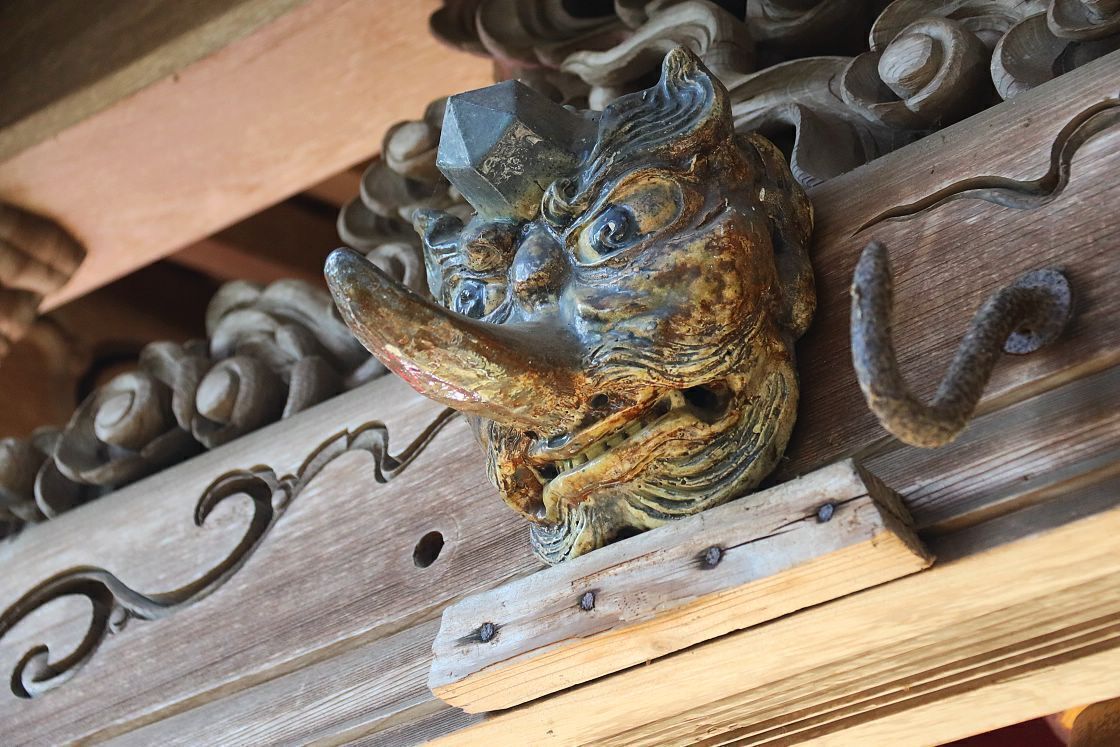
Fortunately, the tengu known as Nakashobo is a kindly being who likes to occasionally come down from the mountain and perform good works - although only at night. His single-toothed geta, or clogs, can be found by his temple building, and local legend has it that they sometimes appear dirty on mornings after the tengu has been out and about.
A last highlight to my visit - although in fact the first thing that a real henro walking the pilgrimage would encounter - was a small viewing platform just outside the temple's main gate, offering a striking, if misty view out across the Sanuki Plain.
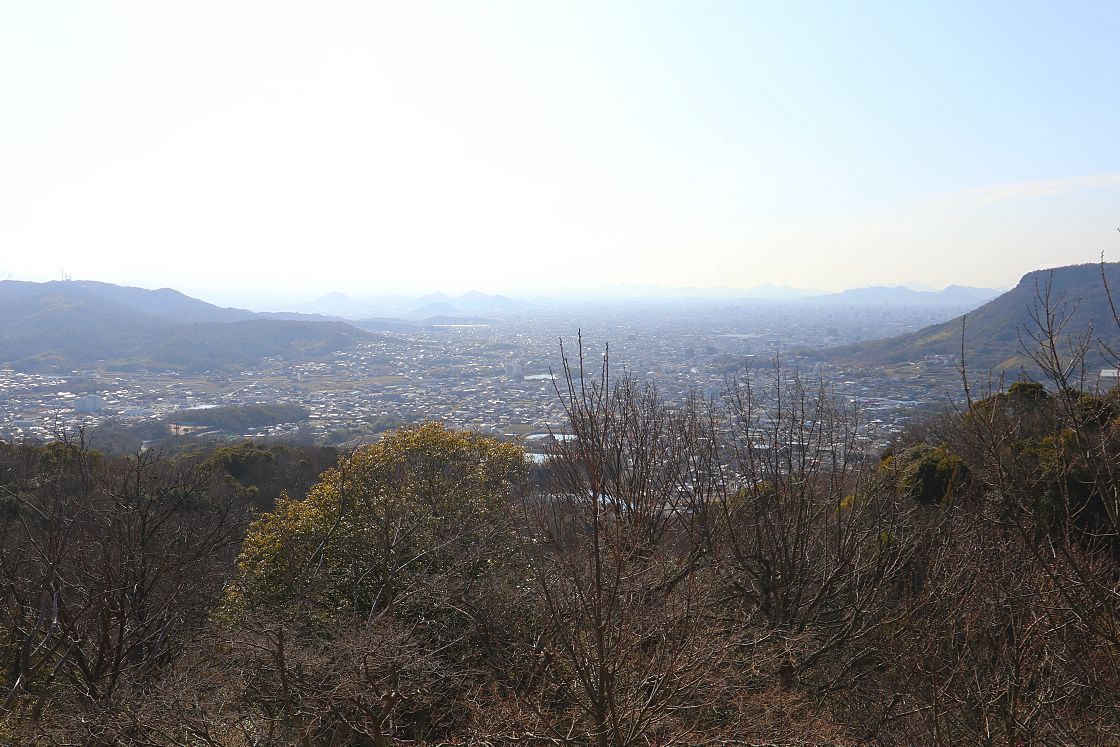
Taking the cable car back to ground level, we got back in our hire car for a 40-minute drive out of Takamatsu City and into the hilly countryside to the south.
Arriving at the temple precinct of Okubo-ji, we paused for a bowl of handmade udon noodles at Yasoba-an, a cozy rest stop just outside of the main gate. Finding a seat on a nice tatami matted space, I ordered a hearty bowl of udon with vegetables and deep fried slices of tofu, served in a rich white miso sauce that I later learned is made with water from a sacred spring inside the temple complex.
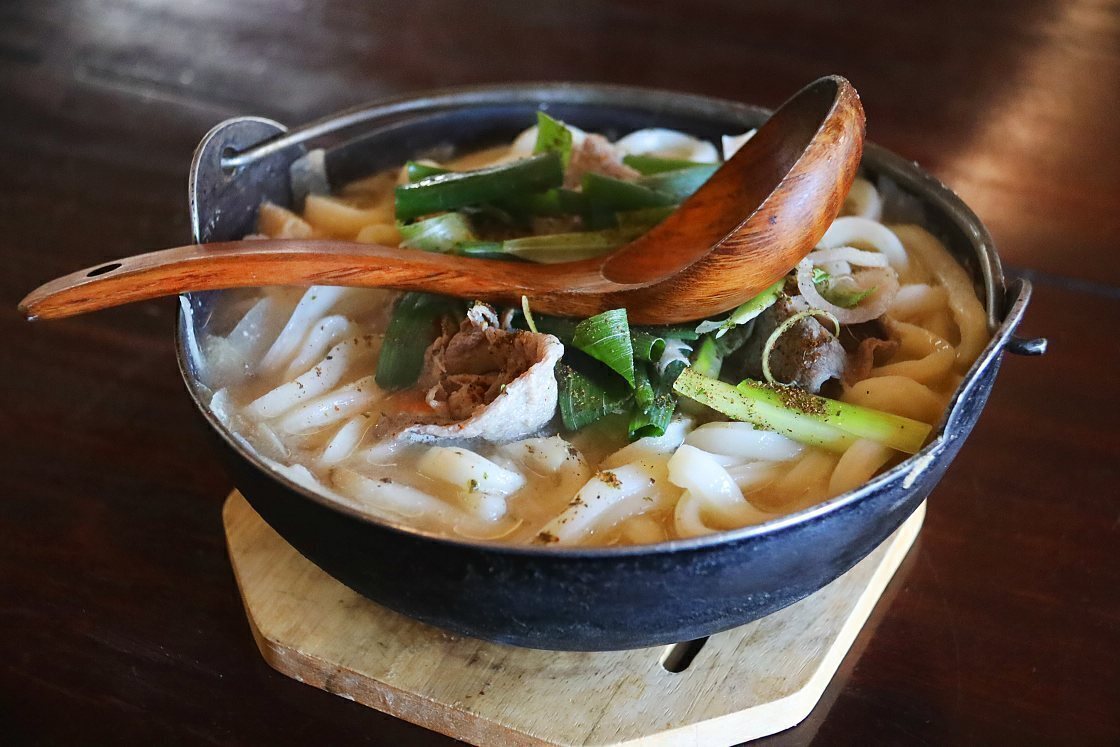
Making our way through the main gate, we took in the impressive view of Mount Nyotai, the stately main hall at its foot, and the atmospheric temple precinct itself, with its many statues, signs and ornaments. Despite its place as the 88th and final temple on the Shikoku Pilgrimage, Okuboji's buildings have a relatively low-key feel, allowing the natural atmosphere of the place to speak for itself.
The first order of business was to pay our respects at the main hall, which is in fact made up of three connected buildings - a prayer hall, central hall and inner hall - the latter housing the temple's principle object of devotion, a carved statue of Yakushi Nyorai.
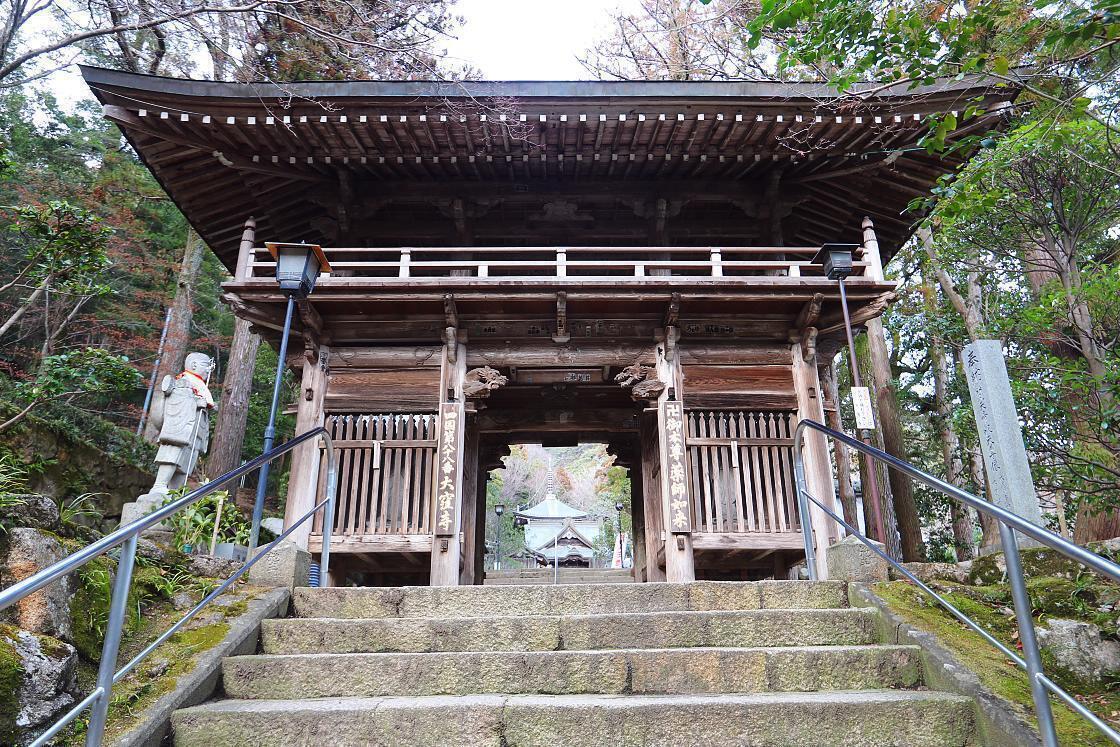
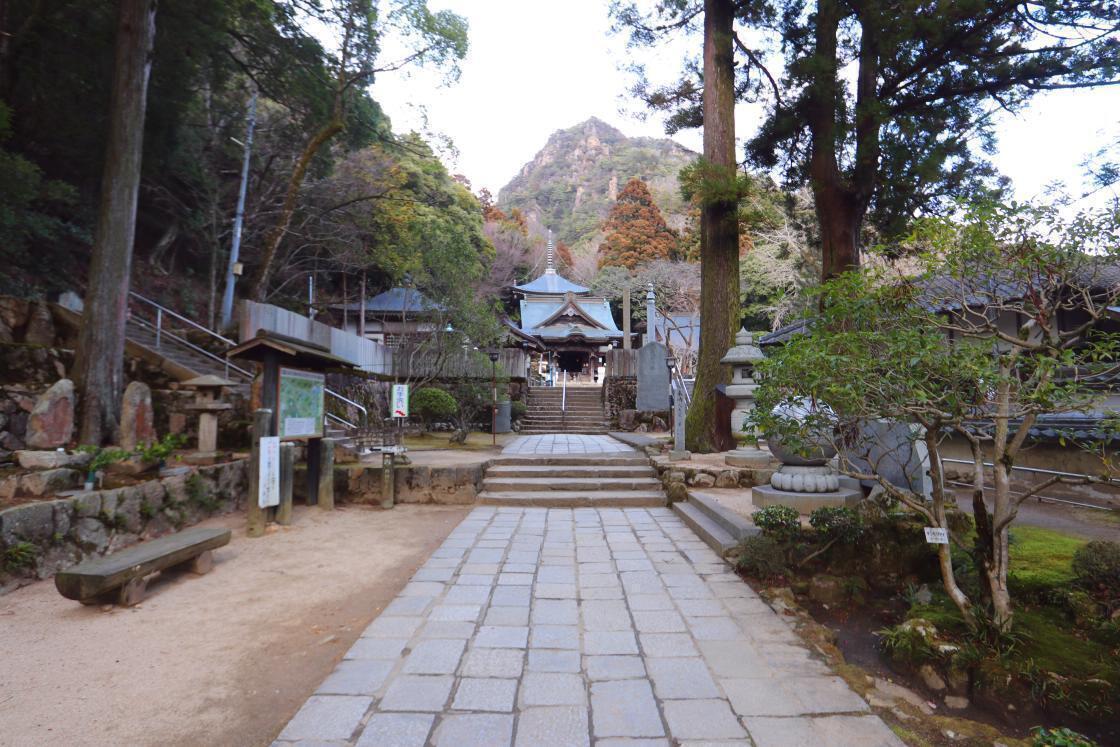
One interesting structure directly relating to the pilgrimage is the Hojo-do hall, where henro dedicate their walking staff, marking the completion of their long journey. Known as vajra staffs, these serve the dual purpose of physically supporting pilgrims on the move, while reminding them of the spiritual presence of Kukai himself, together with them every step of the way.
After a small but hugely enjoyable taste of the Shikoku Pilgrimage, it was time to retrace our steps back to Takamatsu City as the sun began to dip below the surrounding hills.
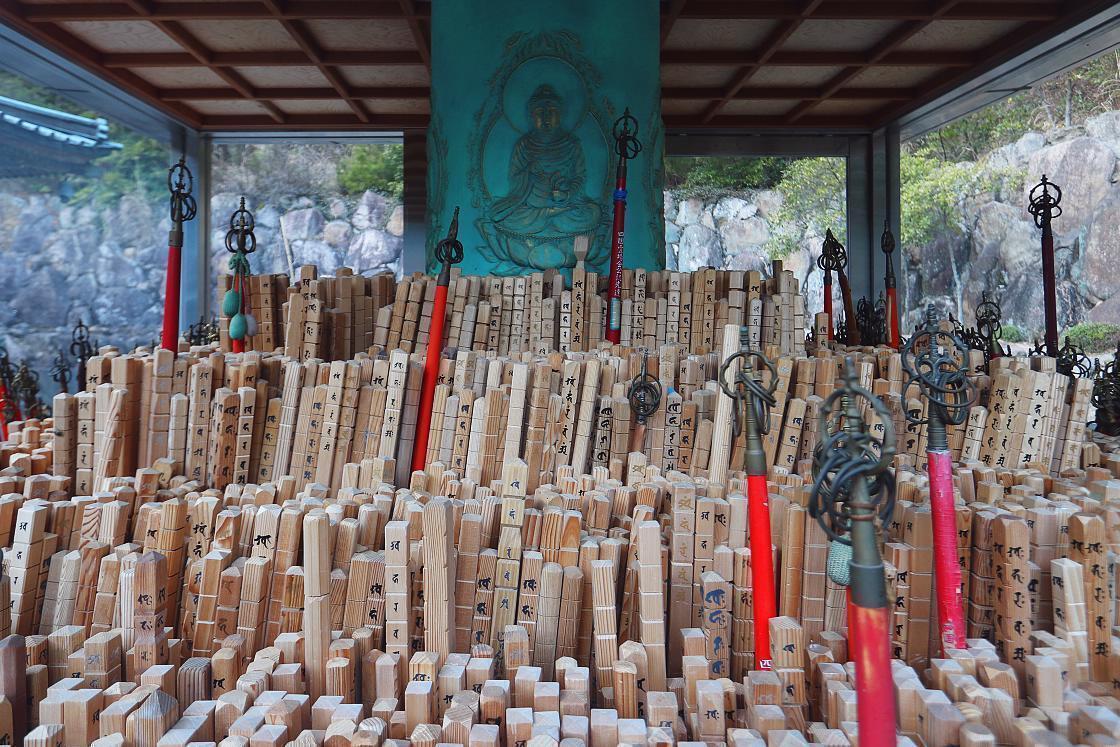
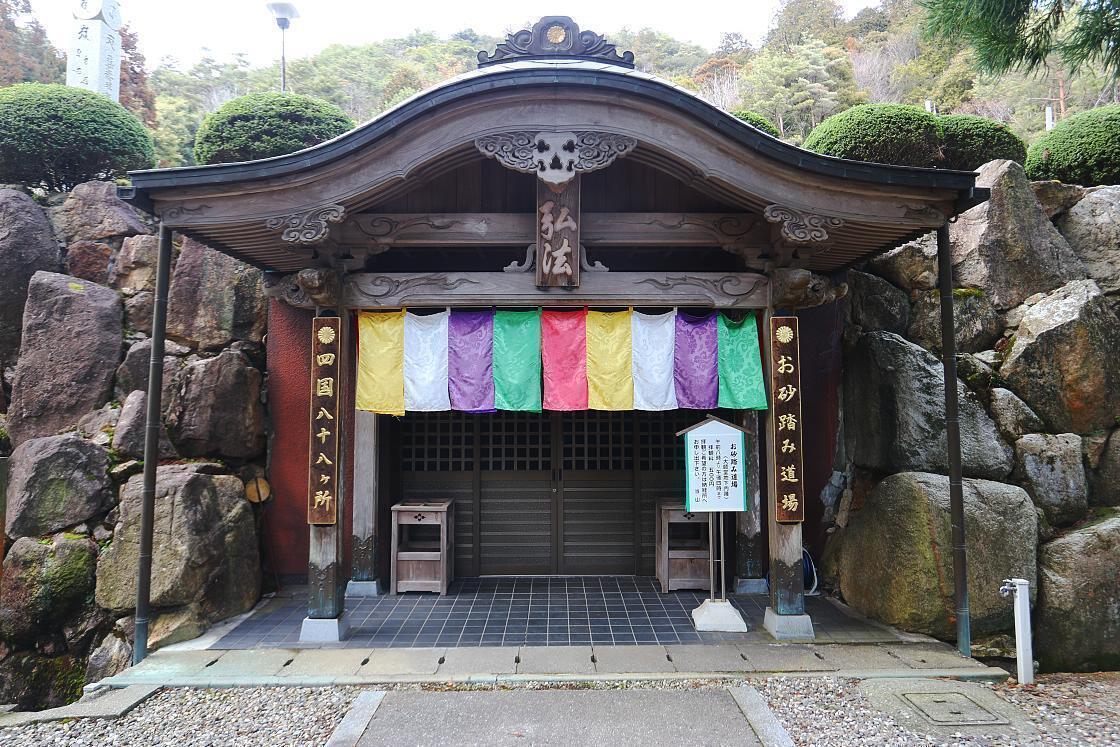
As well as being friendly, well-organized and hugely satisfying, my three experiences with JTB Sunrise Tours for me underlined some of the key advantages in guided travel - access to in depth experiences that might be difficult to book independently, language support for deeper and more memorable exchanges with locals, and of course reliable transport that can unlock all sorts of possibilities. If this sounds like something you might need in your trip to Japan, I highly recommend giving their selection of tours a look!
Ishikawa Prefecture is famous for Kanazawa, Toyama Prefecture is known for the spectacular scenery of the Japan Alps, and Fukui Prefecture is home to the magnificent Zen temple of Eiheiji. With the extension of the Shinkansen, this area, known as Hokuriku, has become much more easy to discover. For more information, click here!
